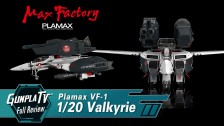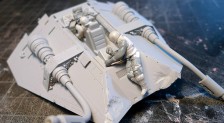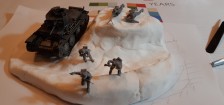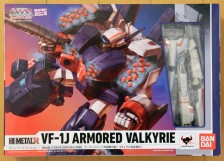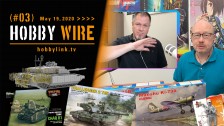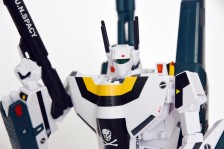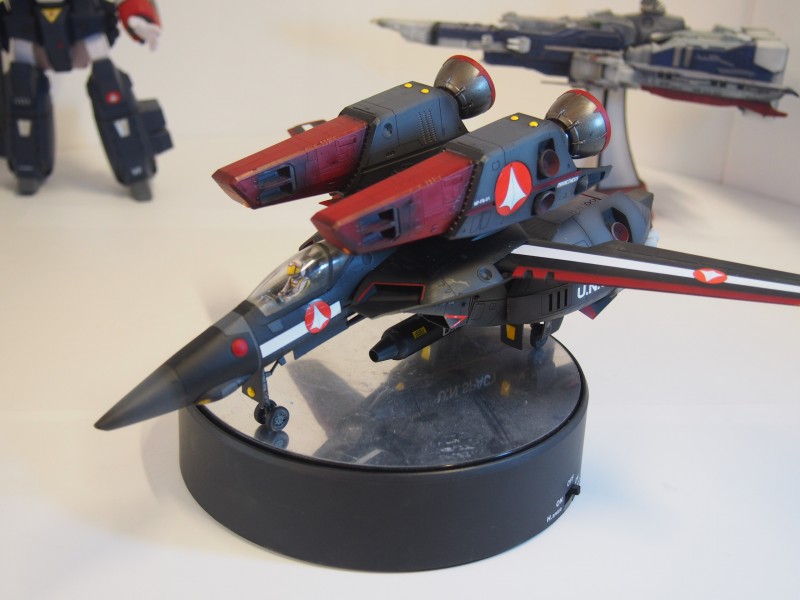
Though the Max/Myria version is not available, the VF-1S Roy Fokker Strike/Super Valkyrie is available from HobbyLink Japan.
Macross Swings like Ole Blue Eyes
Perhaps it is a thing born out of a certain age, but one of the most impressive elements of the Macross Valkyries to me is the fact that it is a variable wing (or swing wing) aircraft, whose wings actually fold down into a form of back plate in Battroid mode.
However, we tend not to see variable wing craft much any more and that, in the course of the review, has made me wonder why? Where have all the swing wings gone?
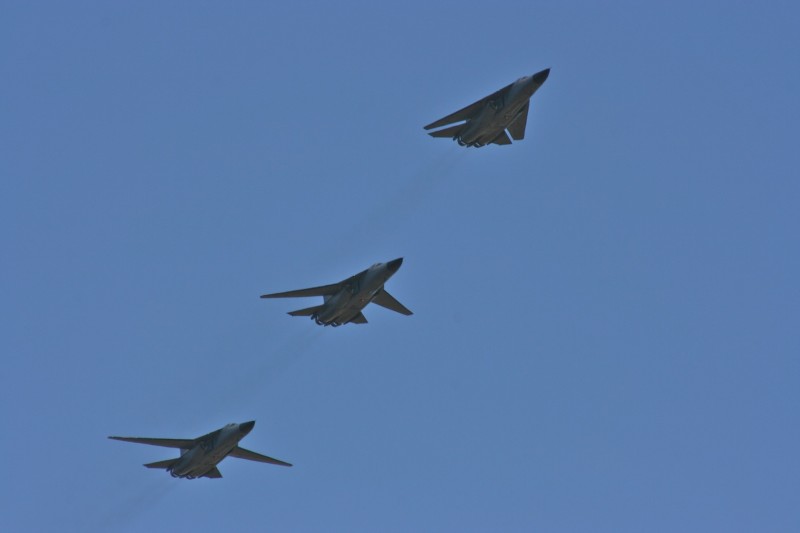
Now for a bit of physics – professional aviators and scientists get ready for cringe mode.
At high speeds, a normal wing actually impedes the transition of an aircraft through trans-sonic flight and into supersonic territory. This is owing to the way that pressure waves from the craft’s own travel ‘noise’ start to pile up in front of the plane, as it approaches the speed of sound.
Consider this:
This is the reason why some rocket and jet powered planes towards the end of WWII began adopting swept wings: to allow the pressure waves to more easily clear the craft without buffeting.
However, once supersonic flight was the norm, an interesting problem emerged.
Aircraft which were best suited to high speeds and poor lift at lower speeds, which meant higher takeoff and landing velocities…
In addition, the fact that small winged aircraft could carry very little in the way of payload or fuel was another major concern.
Consider the beautiful but hugely limited Lockheed F-104 Starfighter, for example:
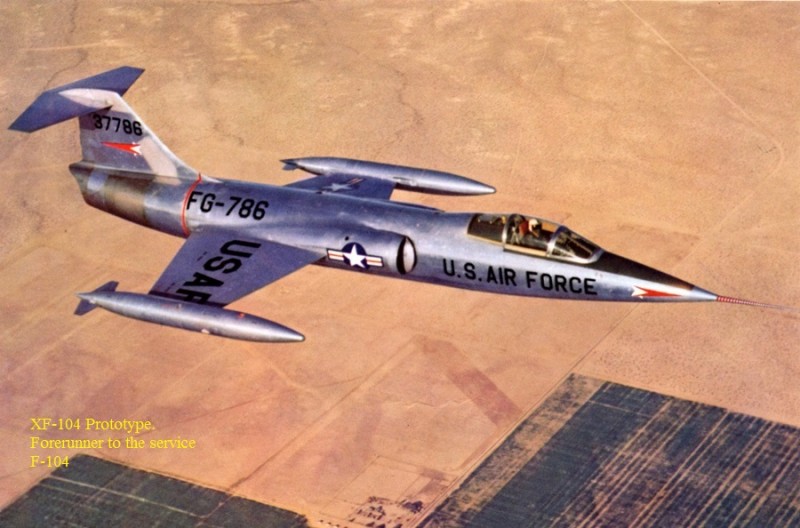
As you can see, this craft, designed as a high speed, rapid response interceptor has very little wing acreage, a low weapon load but massive engines.
Not a new problem to be sure, however.
Few people realize that most WWII fighter craft only carried enough ammunition for 15-20 seconds of concentrated fire, if they were required to fly escort duties or operate on other long sorties.
Weight vs. lift…
This is where the ‘swing wing’ came in, and the logic was simple enough, even if the engineering was not.
Take the Grumman F-14 as an example.
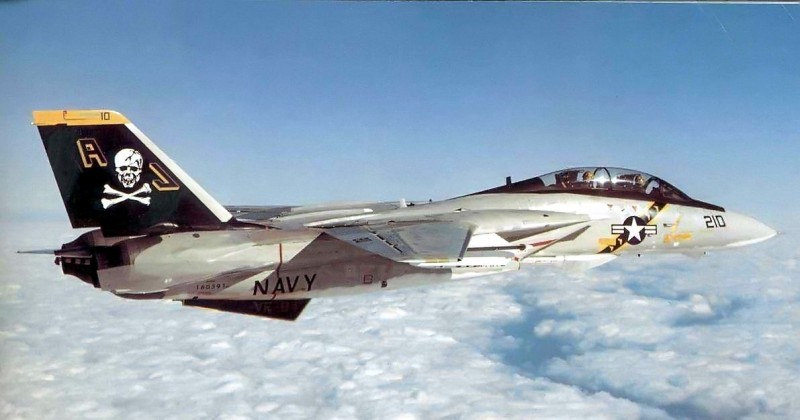
Here is a multi-role US navy fighter/bomber which, when fully loaded, could weigh as much as 33000 kilos (including over 10,000 litres of fuel and almost 7000 kilos of ordnance).
Such a craft needed to be able to fly at supersonic speeds in the combat environment, but could not have made takeoffs or landings with the shorter wings needed at supersonic speeds.
Especially from the deck of a carrier.
Sweeping them out (along with a cunning fuselage which possessed lift itself) allowed the craft to take off, even with such a heavy load. Sweeping them in, then allowed for getting up to the working speed of Mach 1.6 (though it could hit mach 2.1 for short burns).
More can be found here:
But where did they go?
Though many fighters, interceptors, and even bombers were designed with variable sweep wings in the ’60s and ’70s, one rarely, if ever, sees them today.
At the time planes like the F-14 were designed, the variable wing was the best approach to the to the aerodynamics vs. load problems faced by airforces. The wings sweep back for high speed and forward for low speeds at takeoff and landing. That is simple enough. However, the mechanical complexity of the wings themselves added all manner of issues (weight, engineering and so on), which made such craft expensive (38,000,000 USD for an F-14B, for example).
The F-14 needed the variable wings because it had to take the large AN/AWG-9 radar/fire control system aloft, 2, 4, or 6 of the large AIM-54 missile, powerful engines, and a considerable amount of fuel. This meant that the F-14 had to be gigantic. The only way to make it work for an aircraft-carrier in the 1970s was the variable geometry wings.
Today the aerial threat pyramid has changed considerably, and the need to quickly intercept enemy bombers has been replaced by a need to fend off lower flying cruise weapons. Airframe weight and weapon load have been superseded by avionics.
Add to that the improvements in materials has meant that the overall stability of modern fighters, at both low and high speeds, has improved to the point that variable wings are as obsolete as biplanes.
Unless that are on a VF-1J Valkyrie that is…
The Build
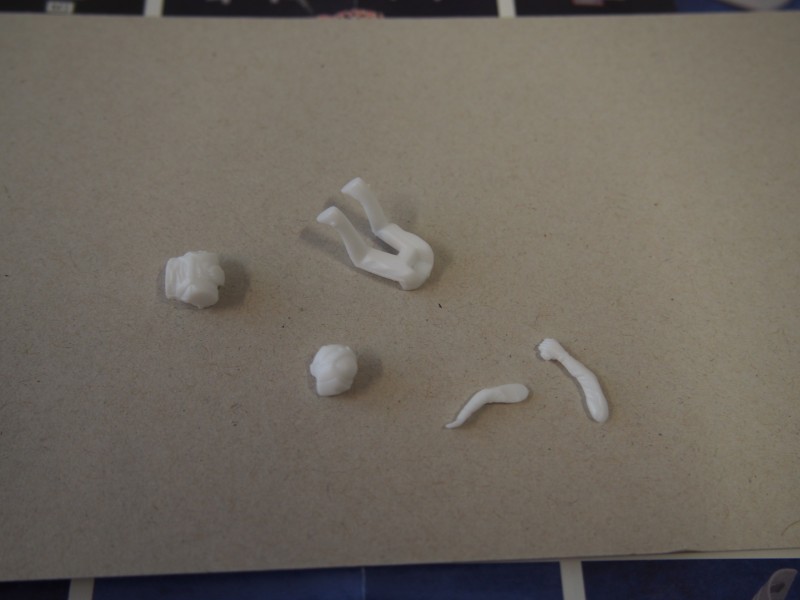
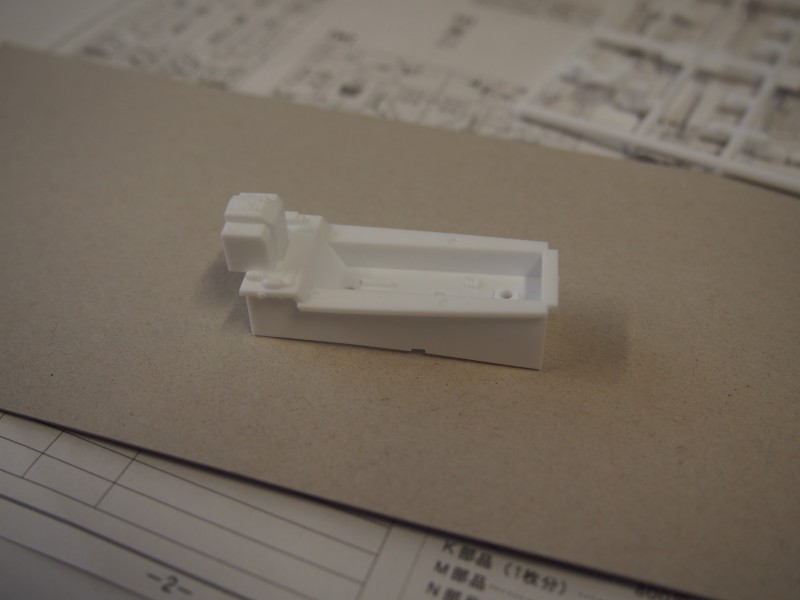
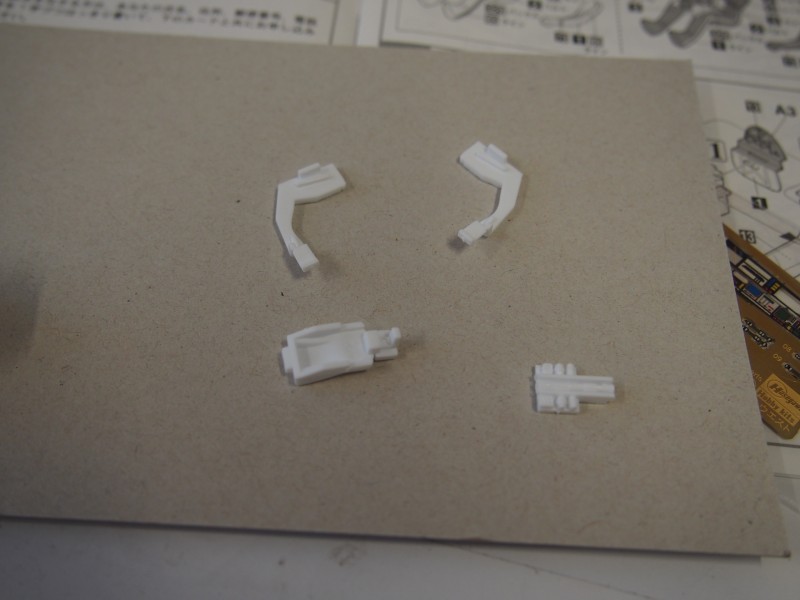
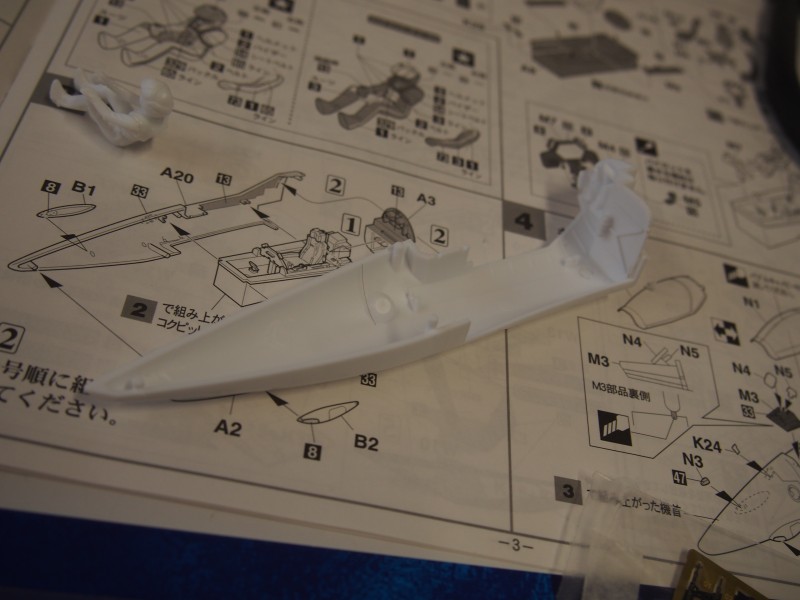
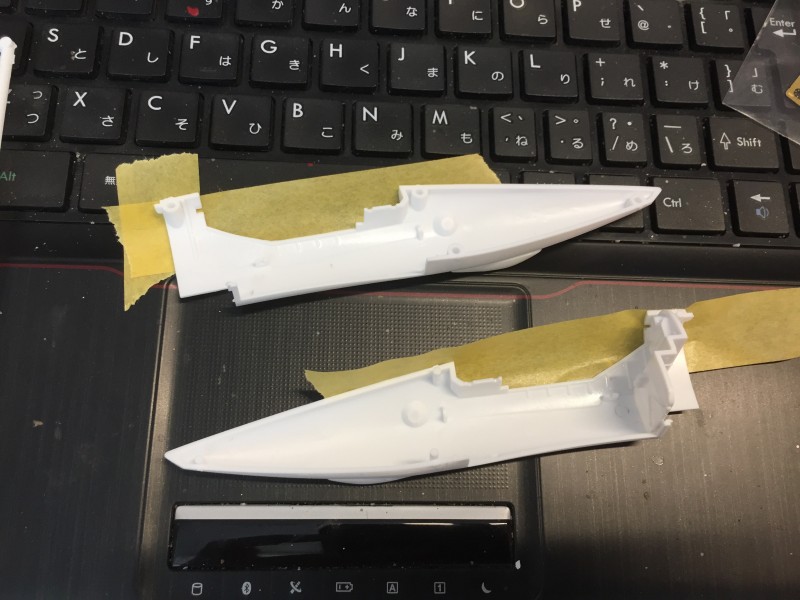
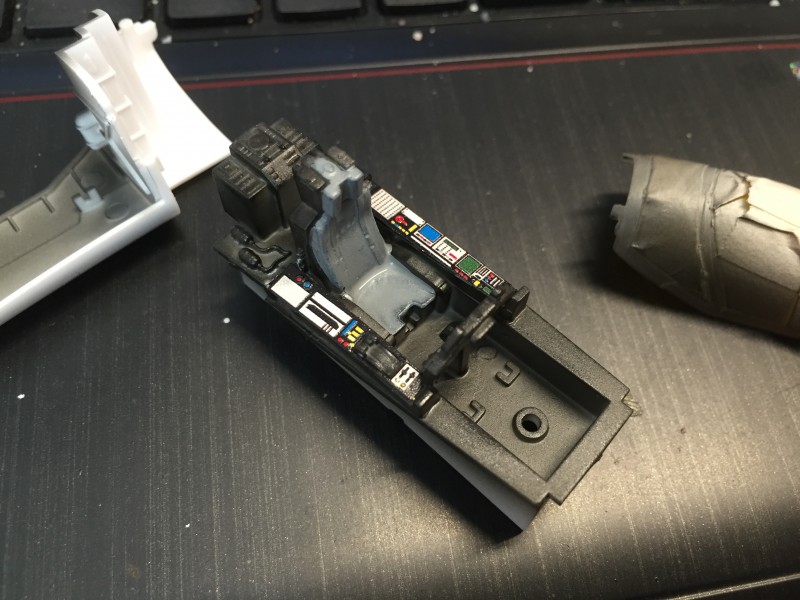
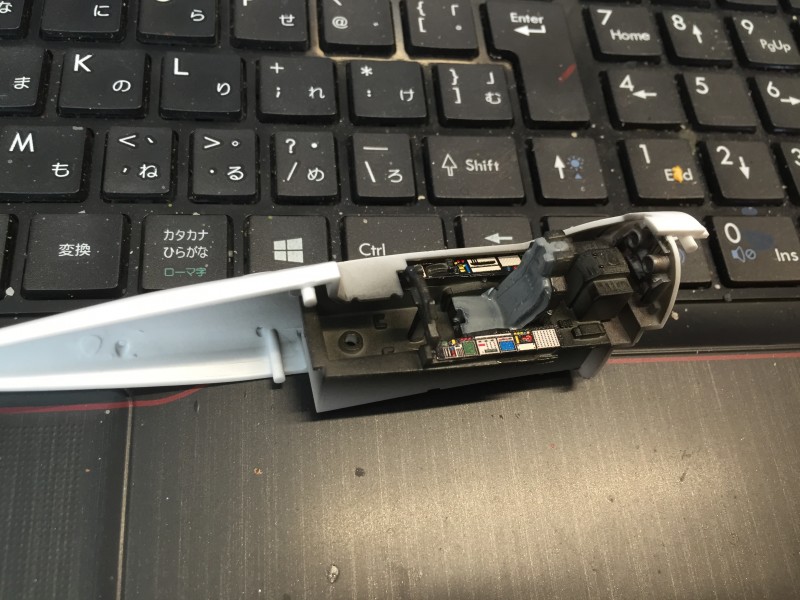
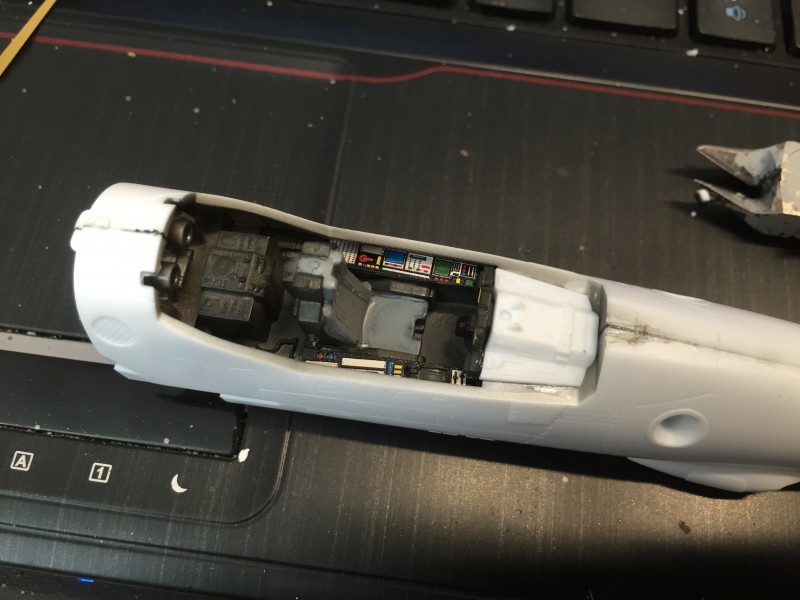
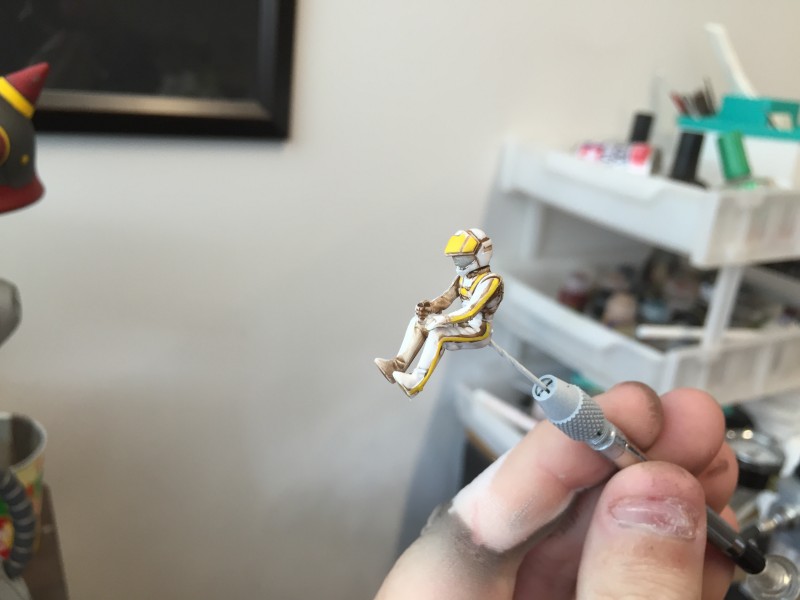
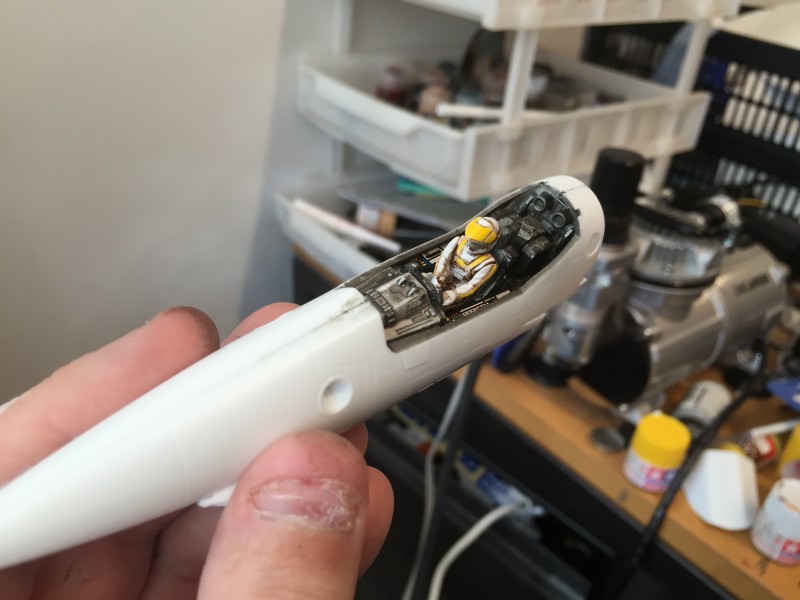
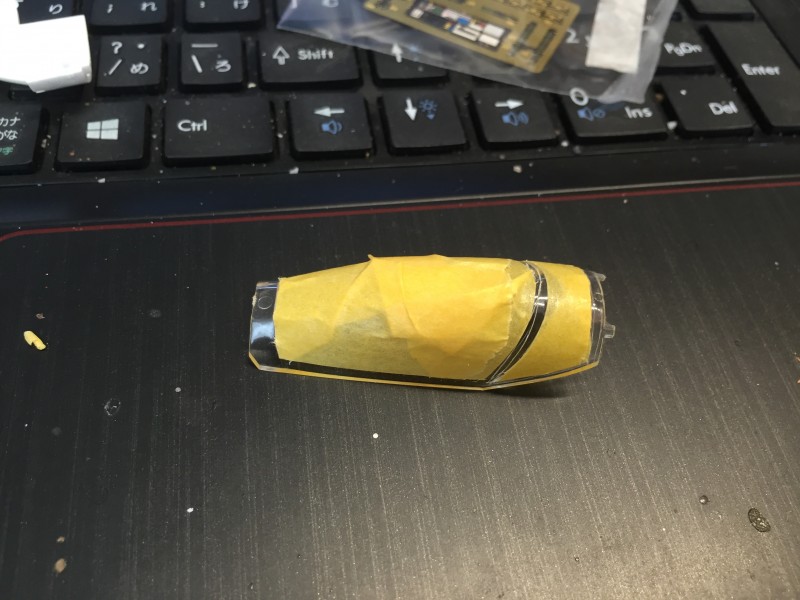
I’ll admit to being surprised when Hasegawa sprang a rather random range of Macross kits on us recently, doubly so when I could out that a couple of them would be 1/48 Strike/Super valk fighters…
Any chance of a 1/32 scale? 😀
Still, I’m not one to complain, especially as it gave me a chance, finally, to get out my old Robotech RPG characters out and do a build based on those games of two decades past for which I needed a VF-1J Super.
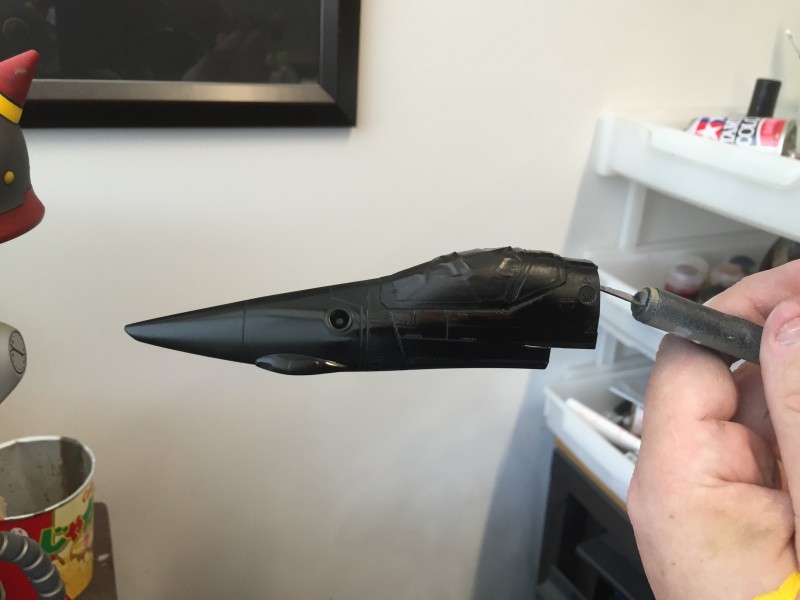
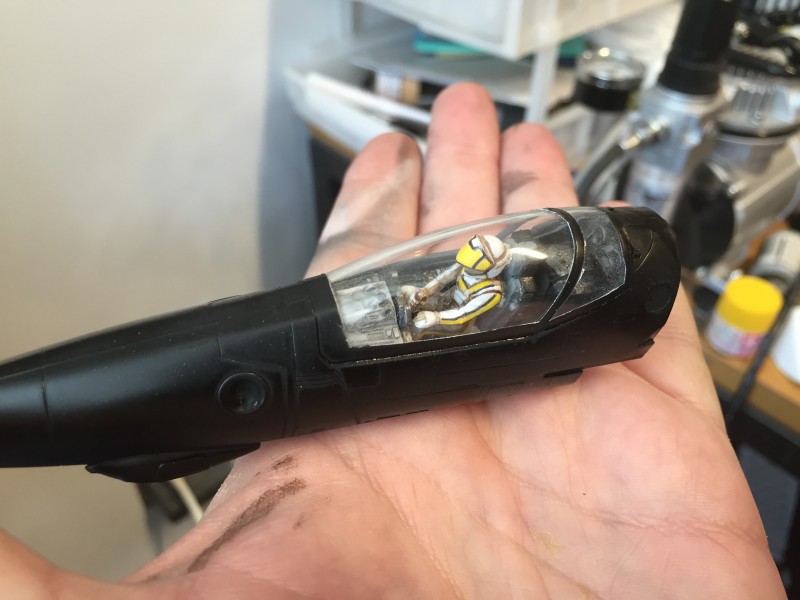
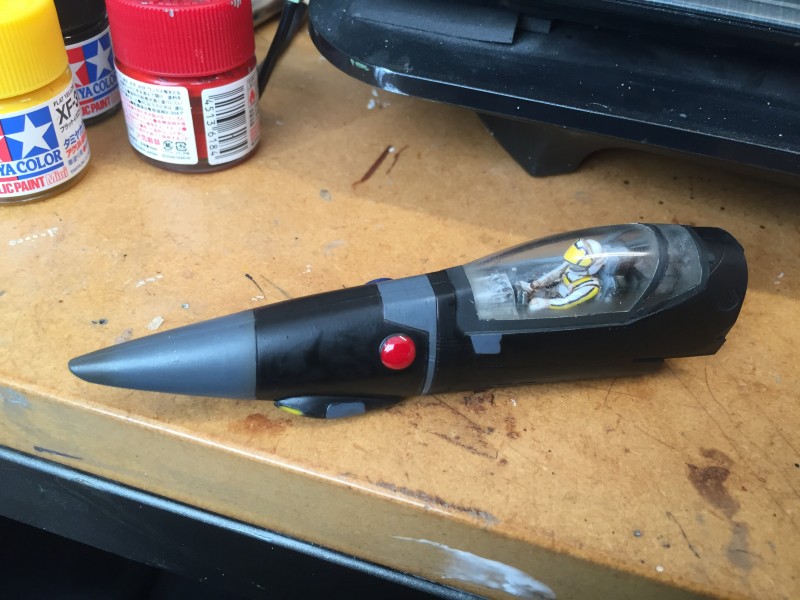
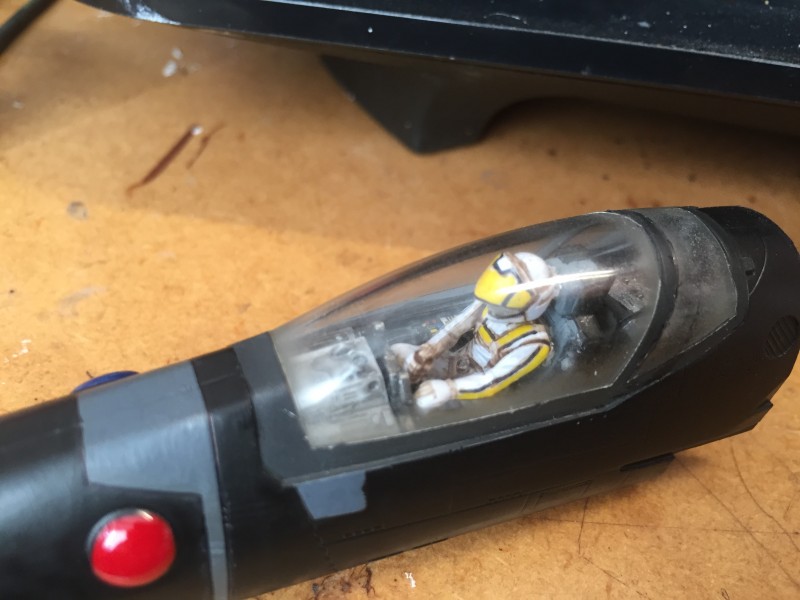
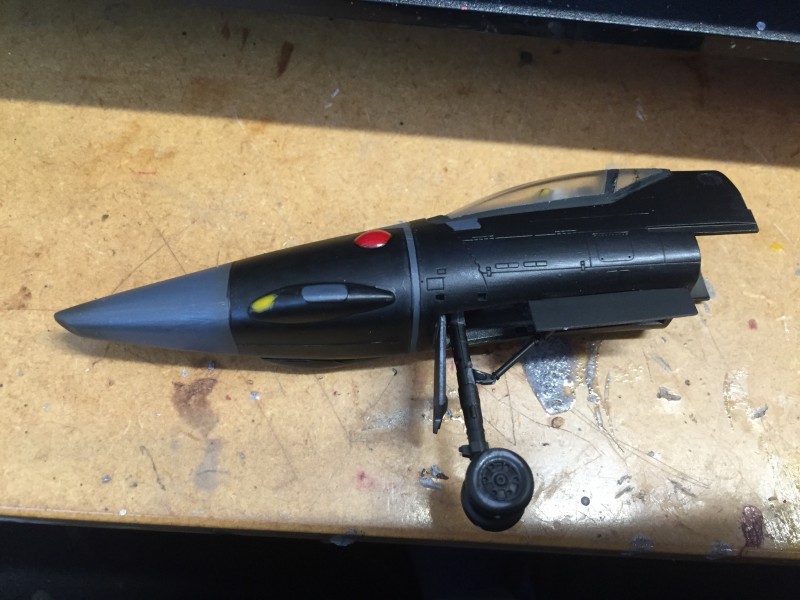
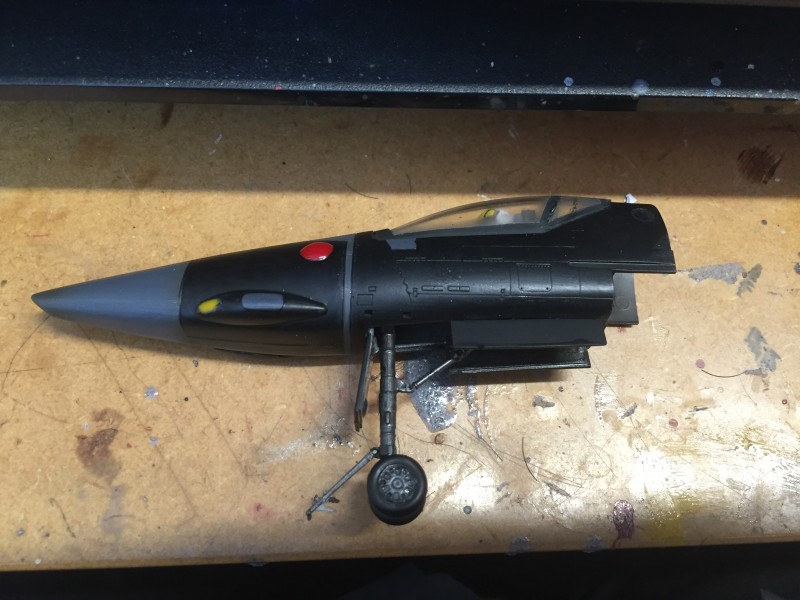
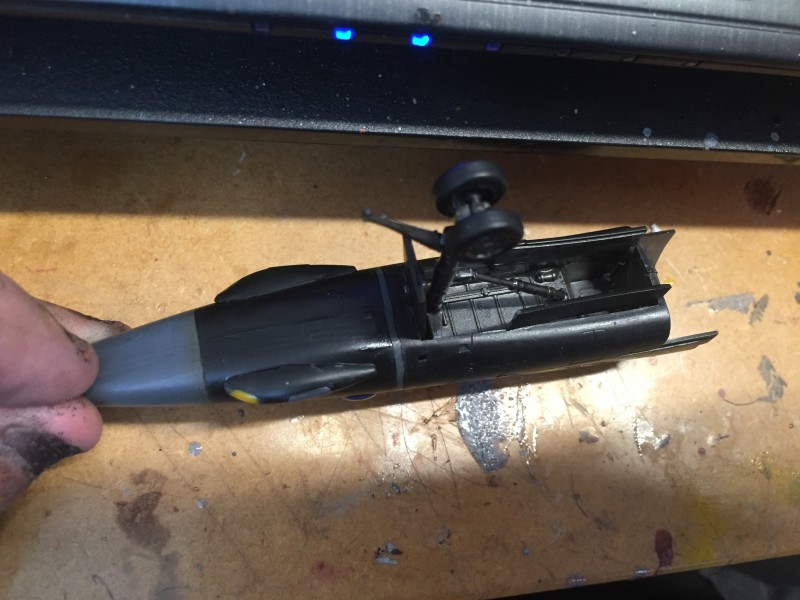
The detailing on these Hasegawa kits is excellent. Easily as good as modern Tamiya or the best of Dragon. The build is somewhat simplified (as you can see the wheel wells could be easily filled out more by a dedicated modder), but I have no issues with the kit out of the box.
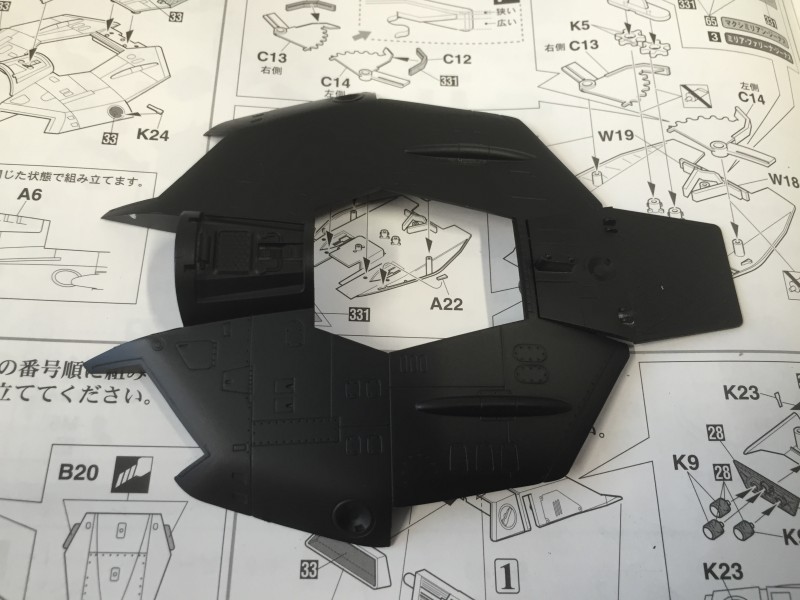
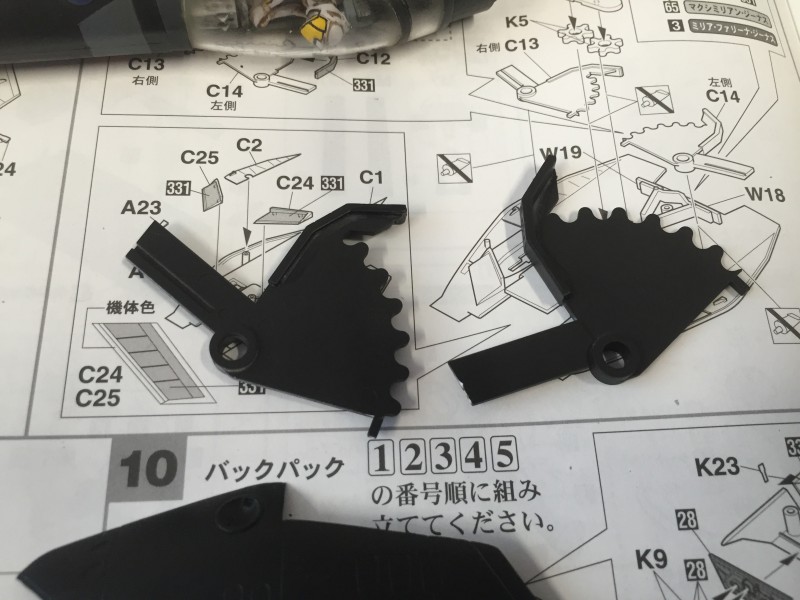
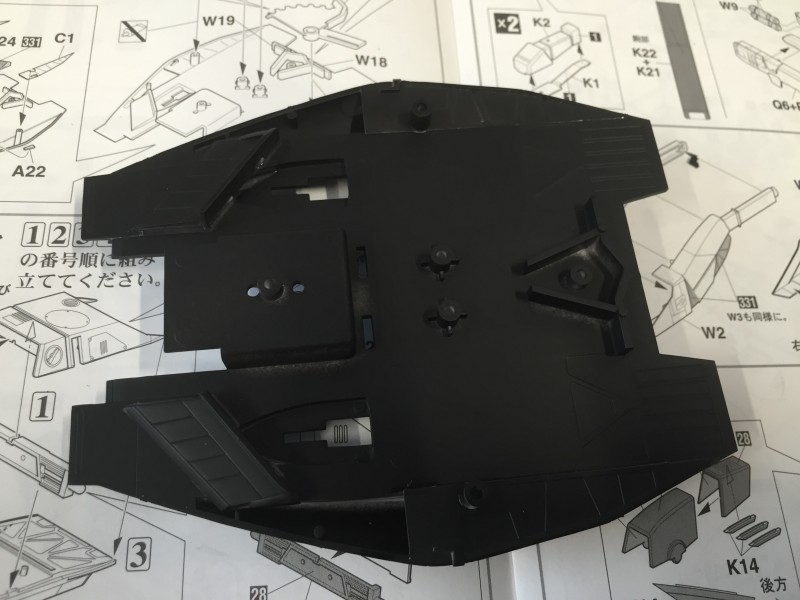
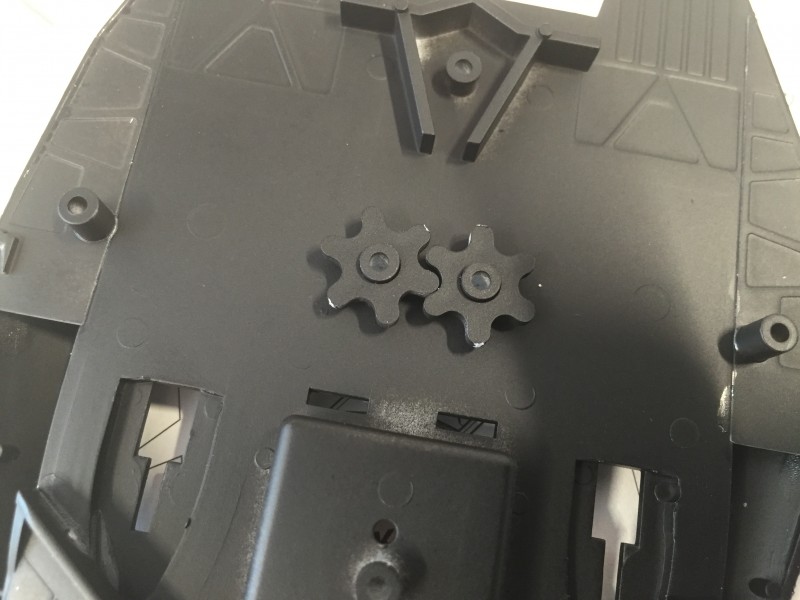
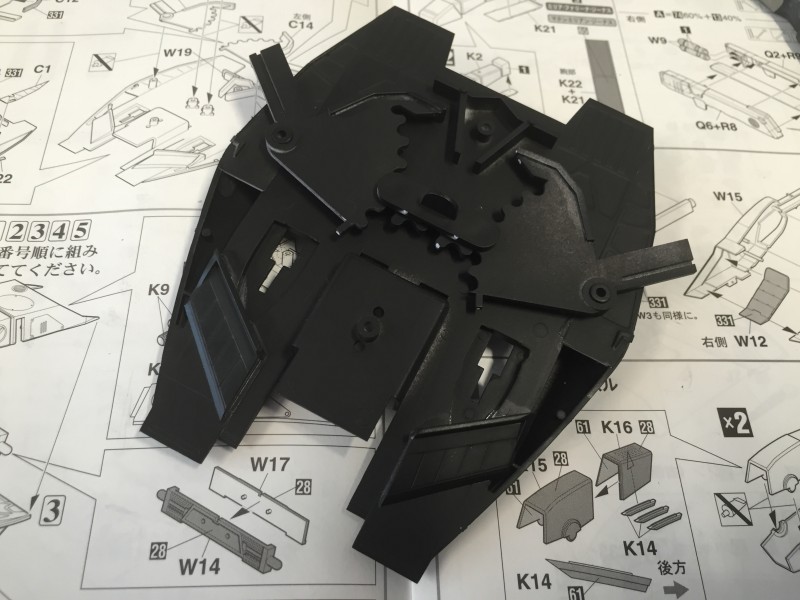
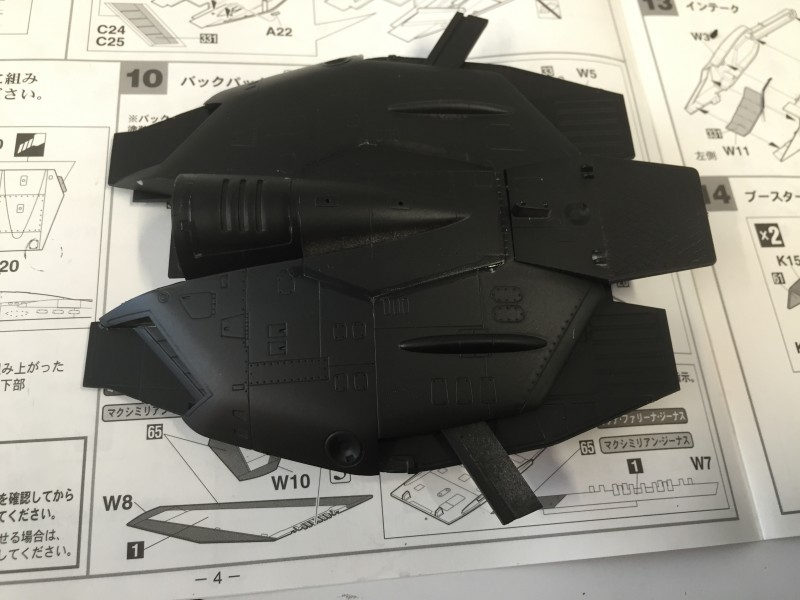
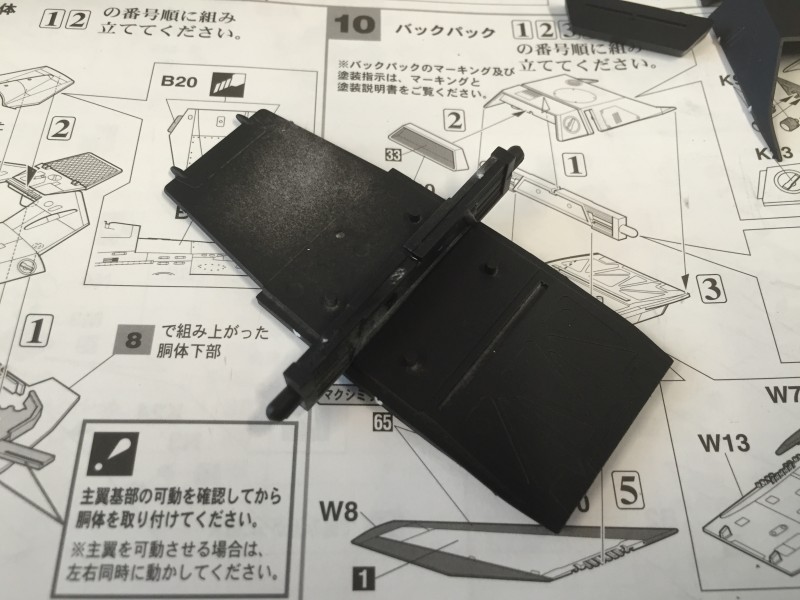
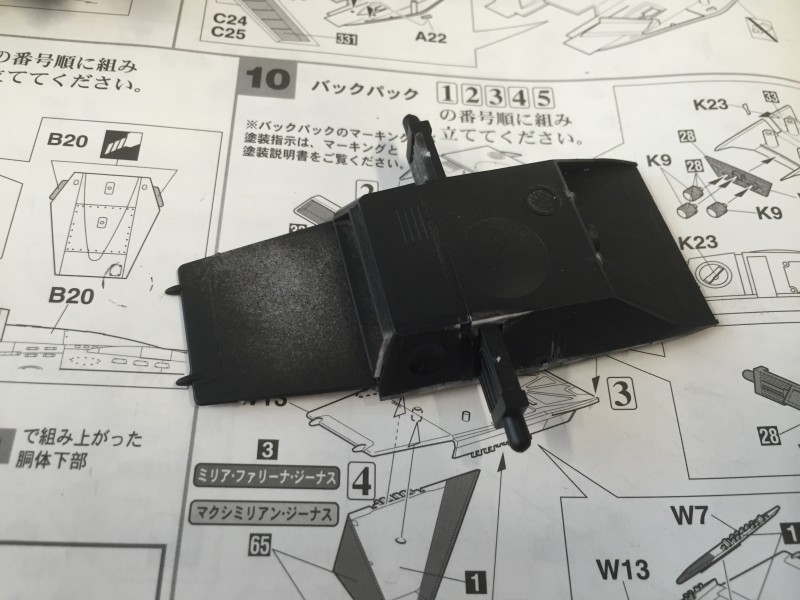
It was nice to see a little nod to Imai, in that the wing’s variable sweep system is an upscaled copy of the older company’s design for their own 1/72 Valkyries.
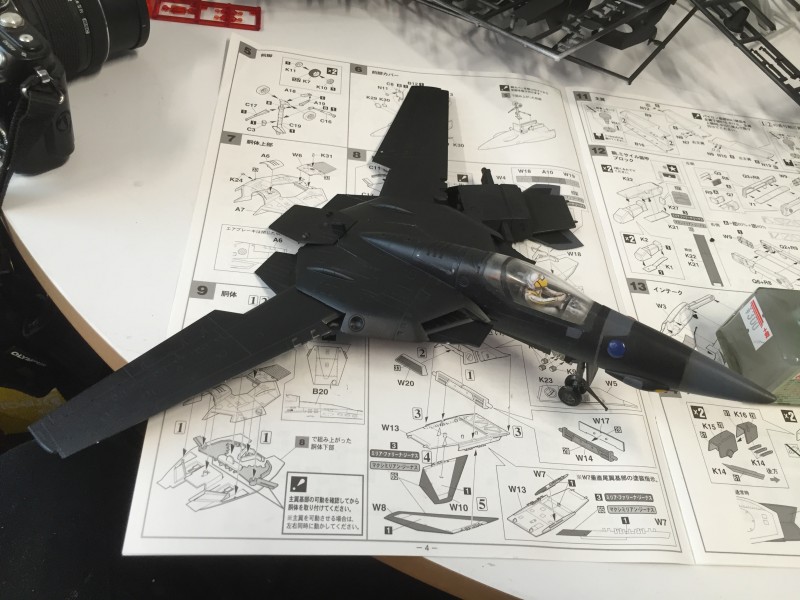
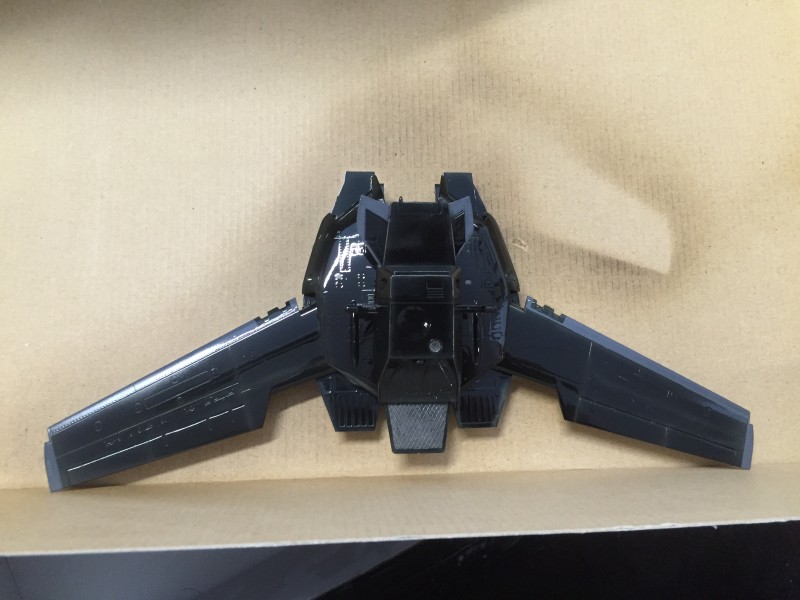
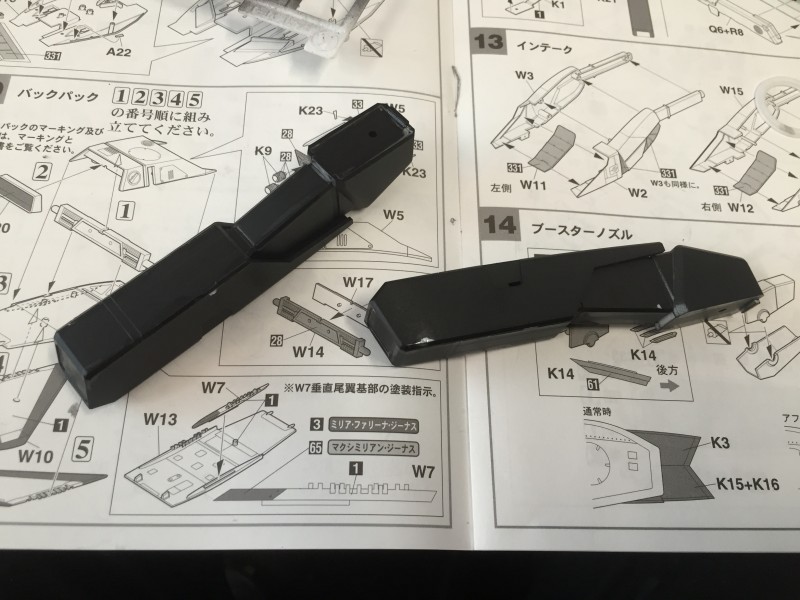
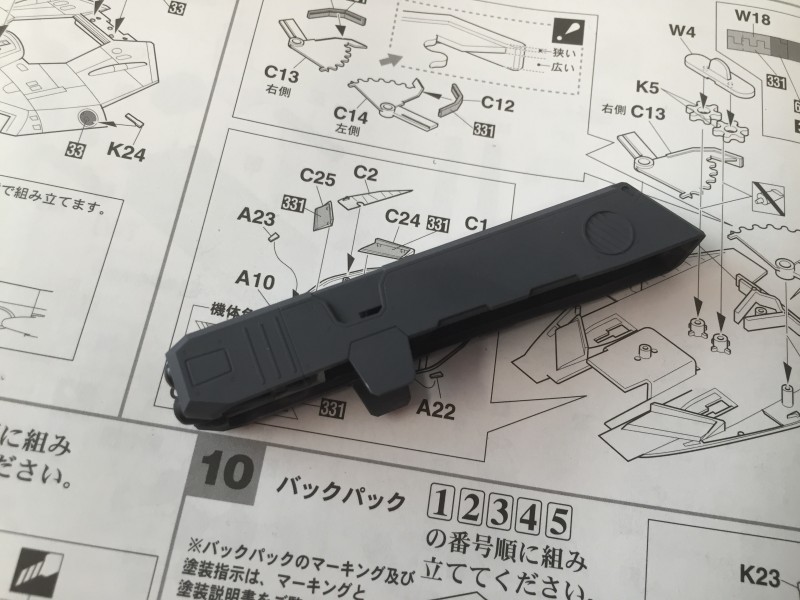
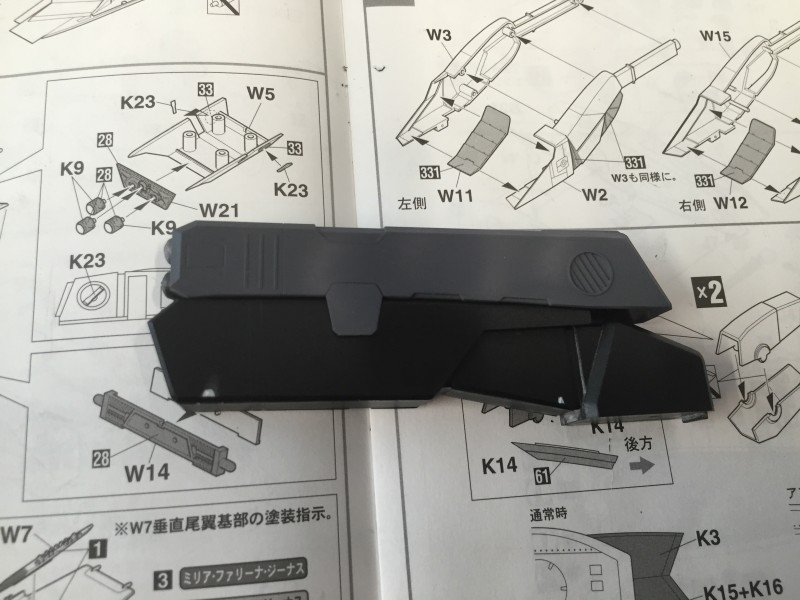
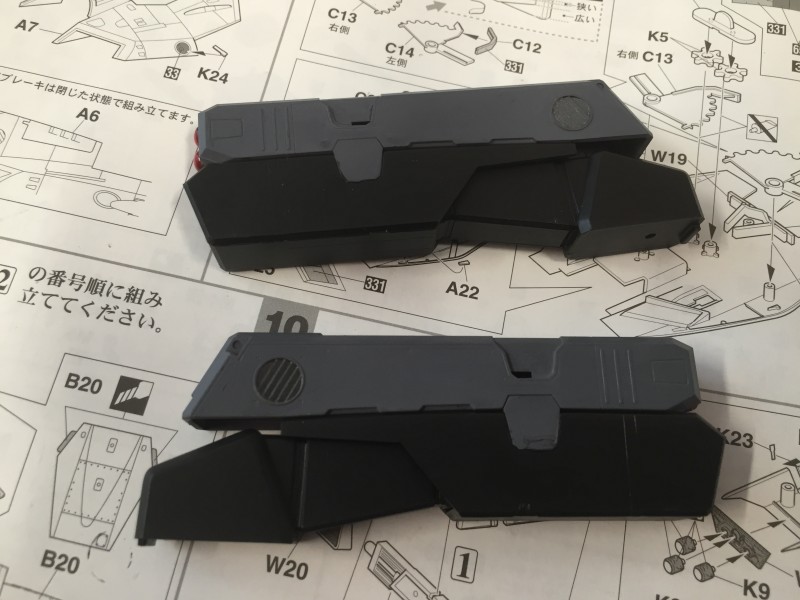
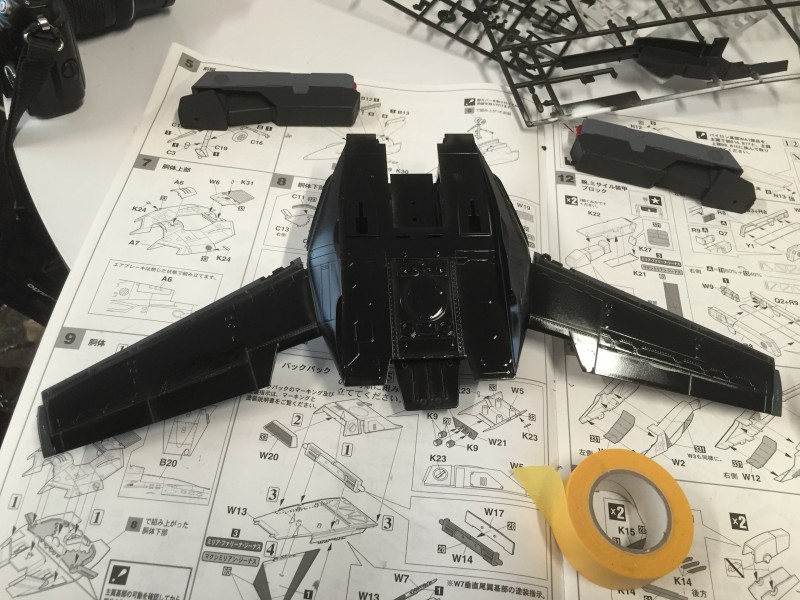
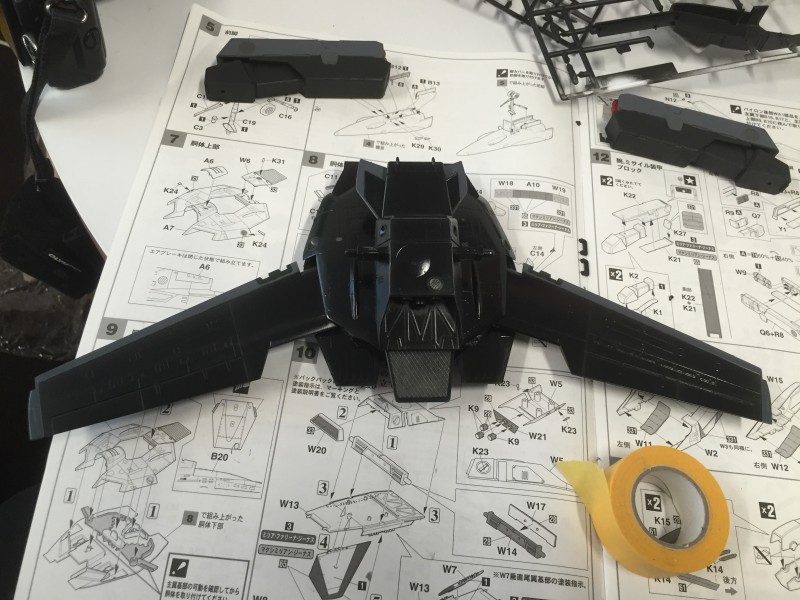
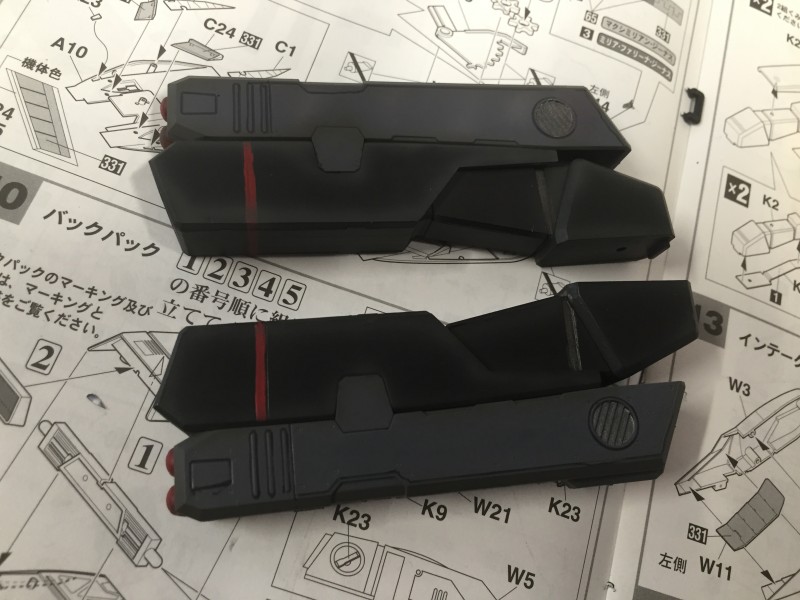
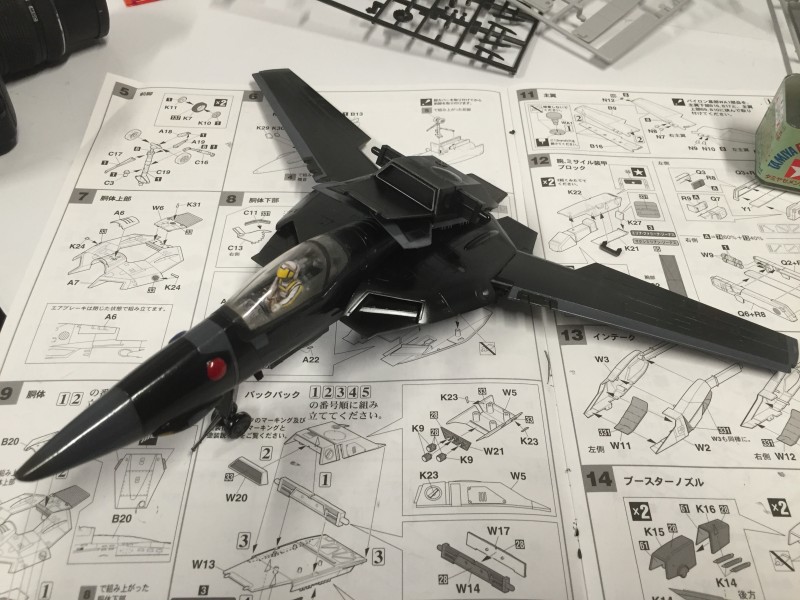
I can see why Hasegawa went with a fixed form kit (much easier to build), and it makes the whole look much, much better.
I just hope sales justify a Gerwalk or a Battroid kit set in the same scale (unless they are out there and I am just blind).
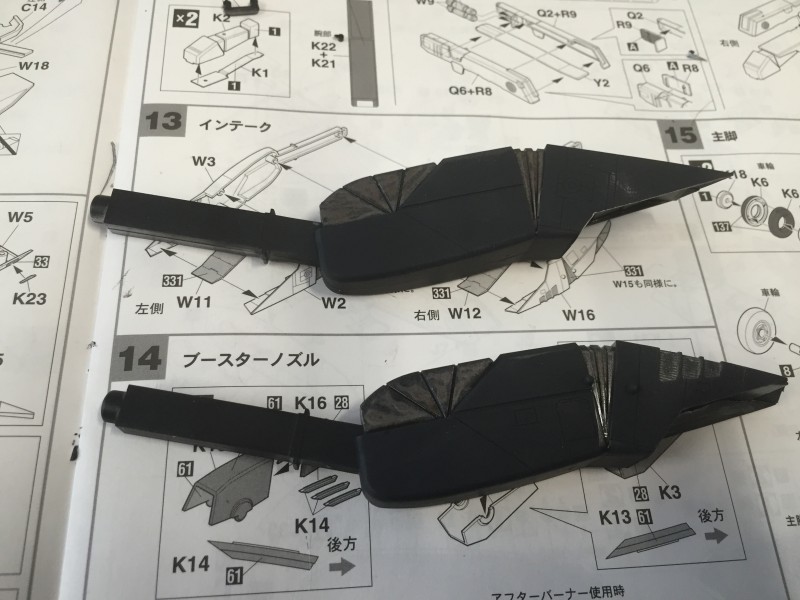
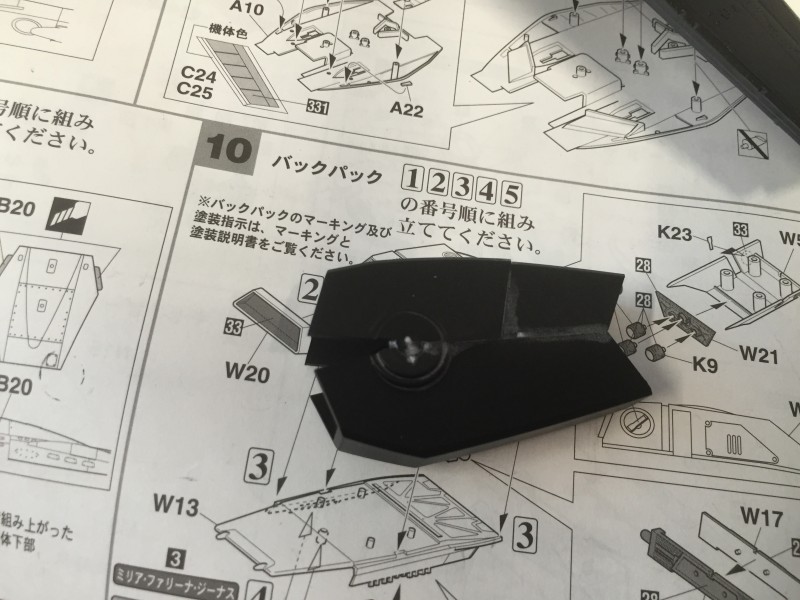
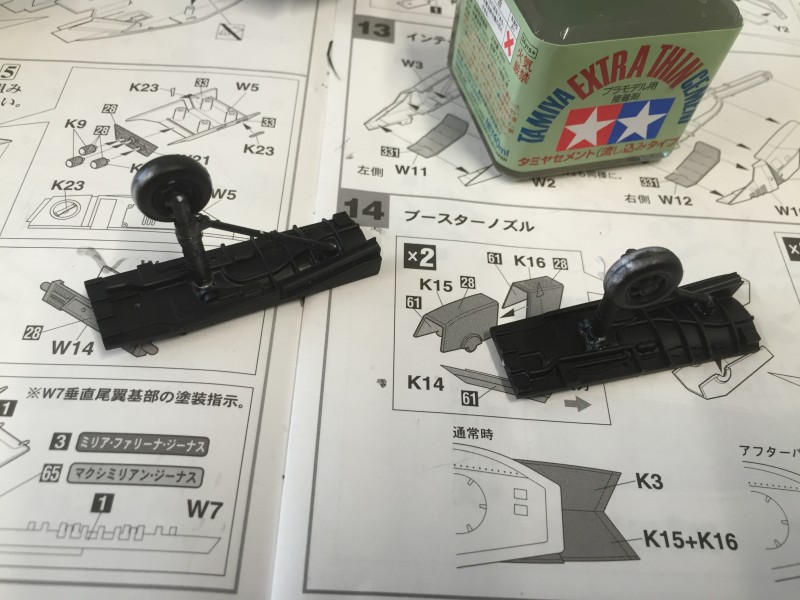
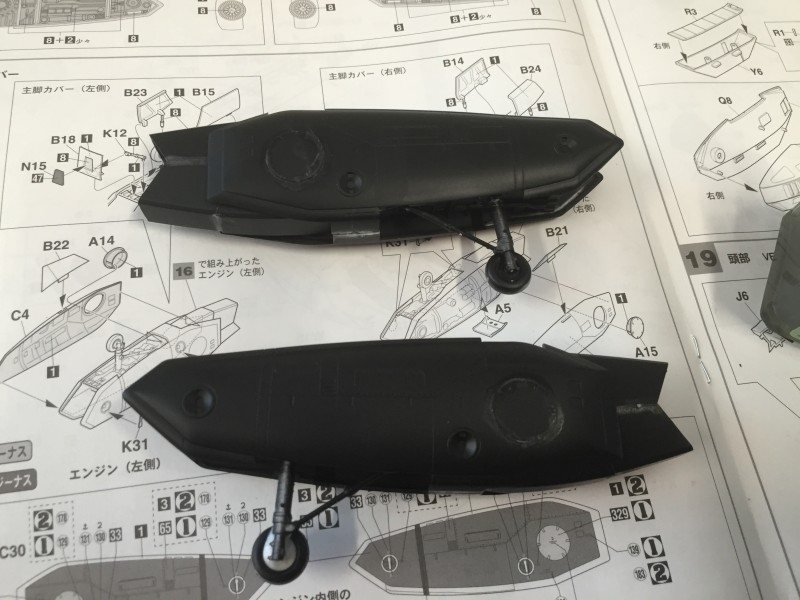
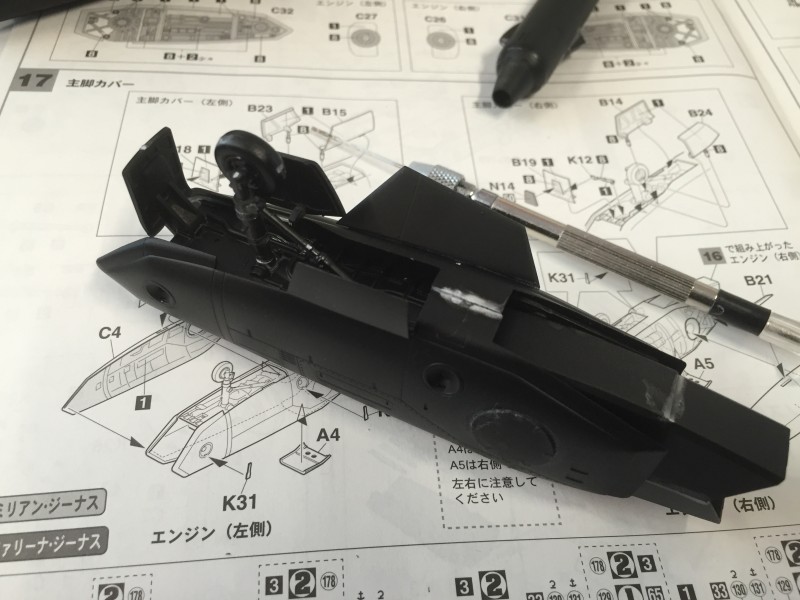
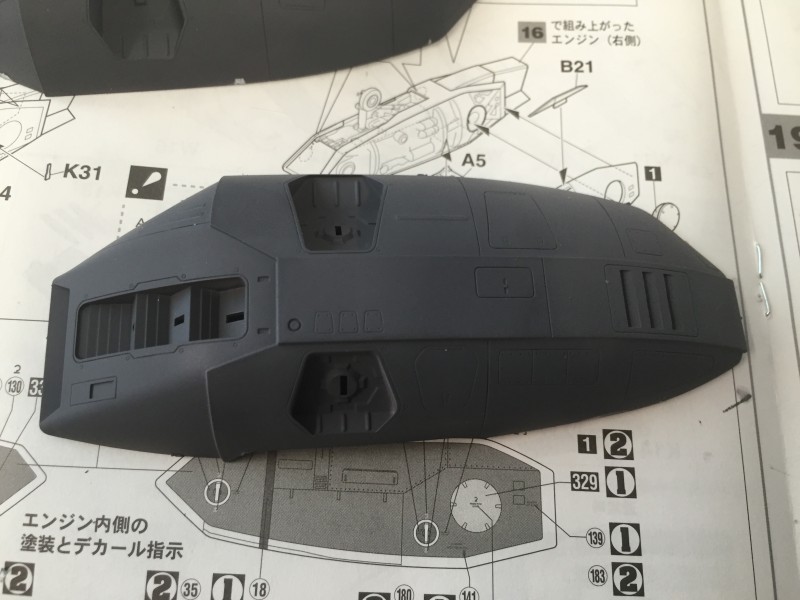
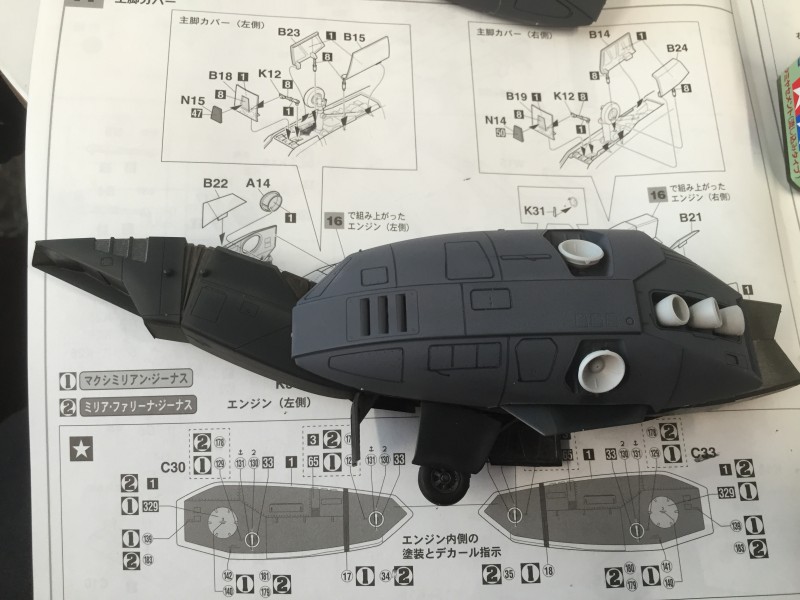
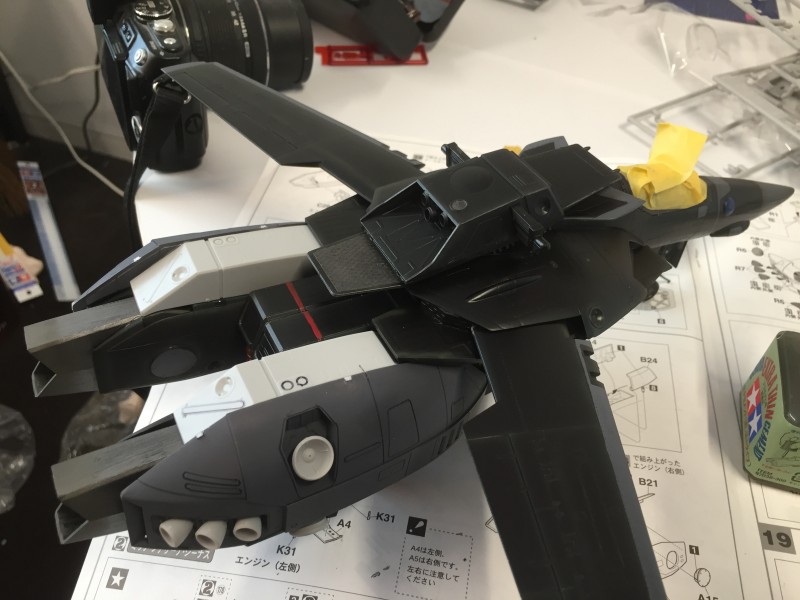
Master Kawamori has said he does not really like the Super Valk as it is something of a Frankenstein’s monster (and he certainly has refined the concept over the years), but I love the brute…
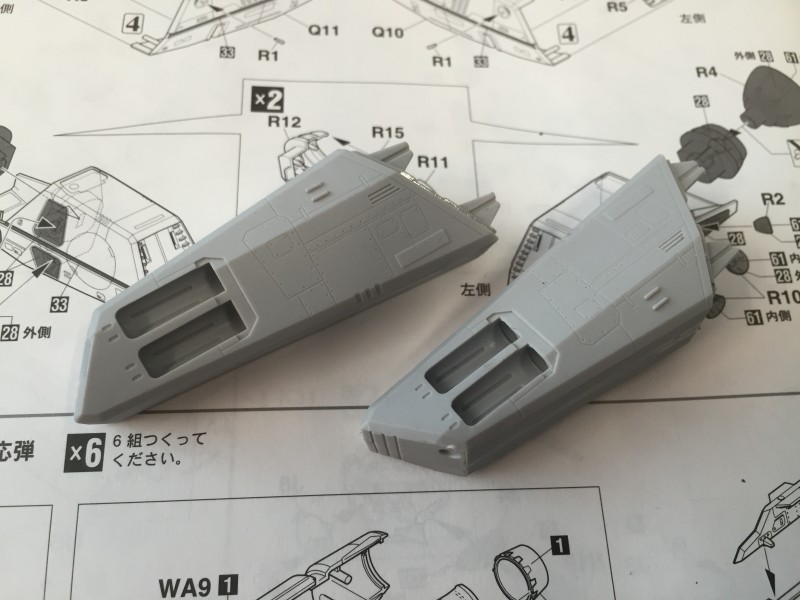
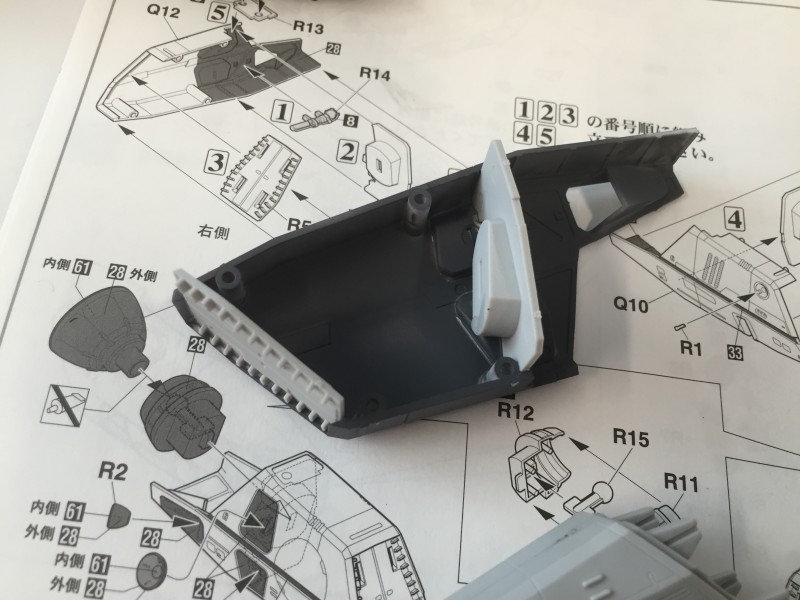
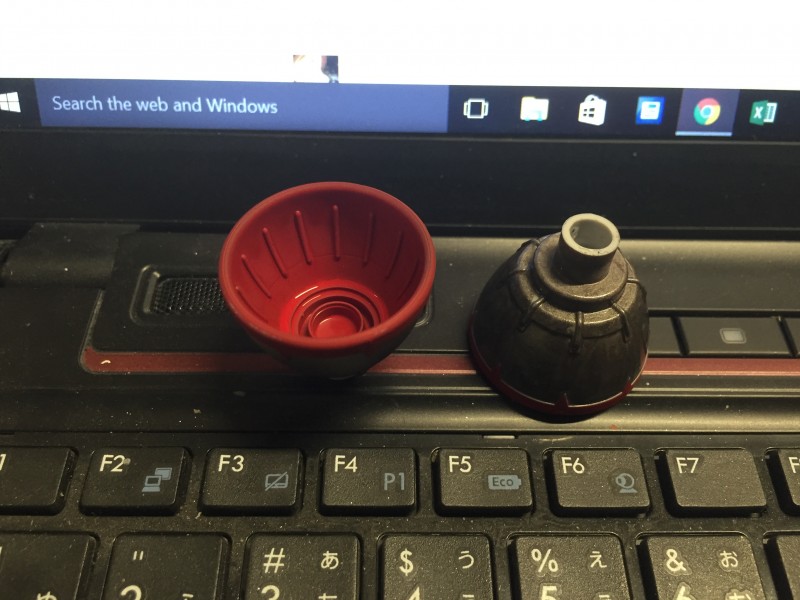
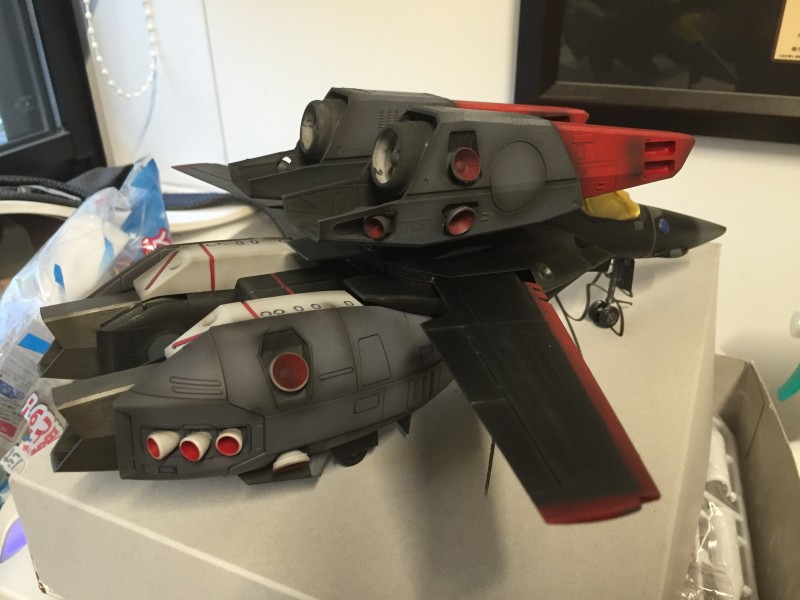
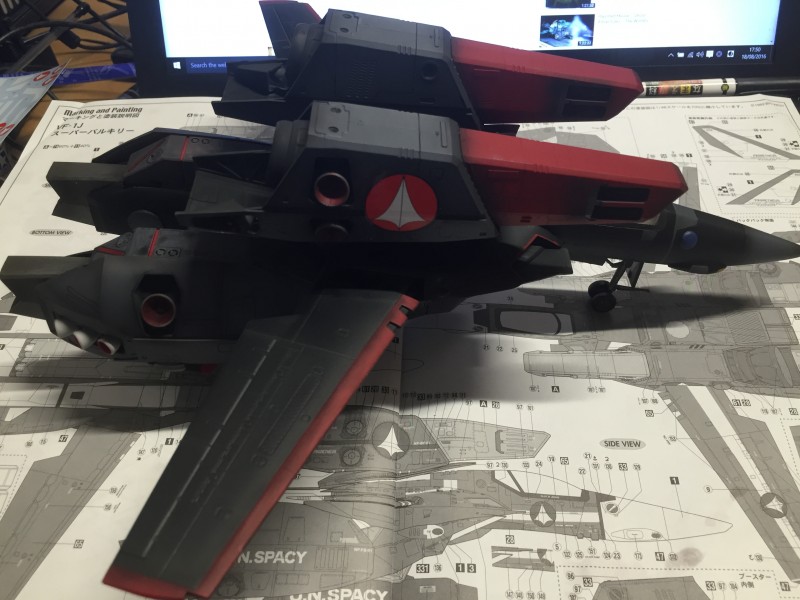
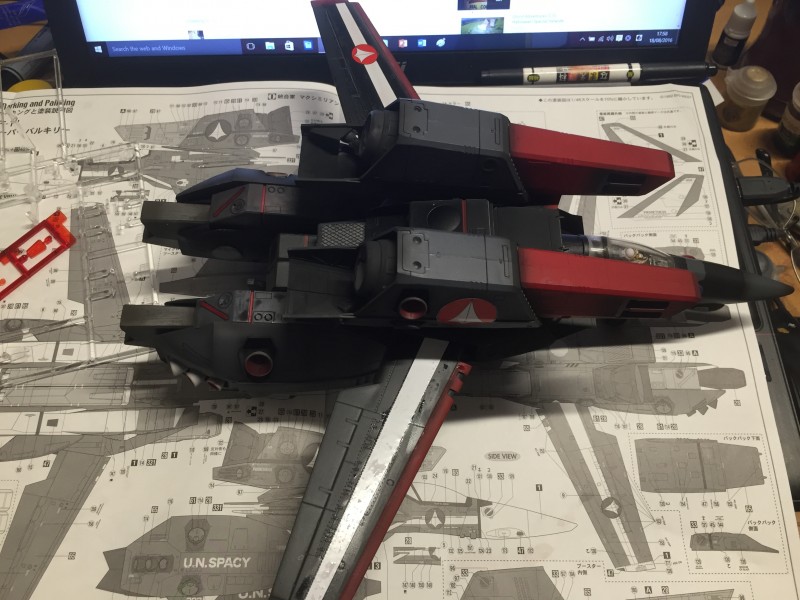
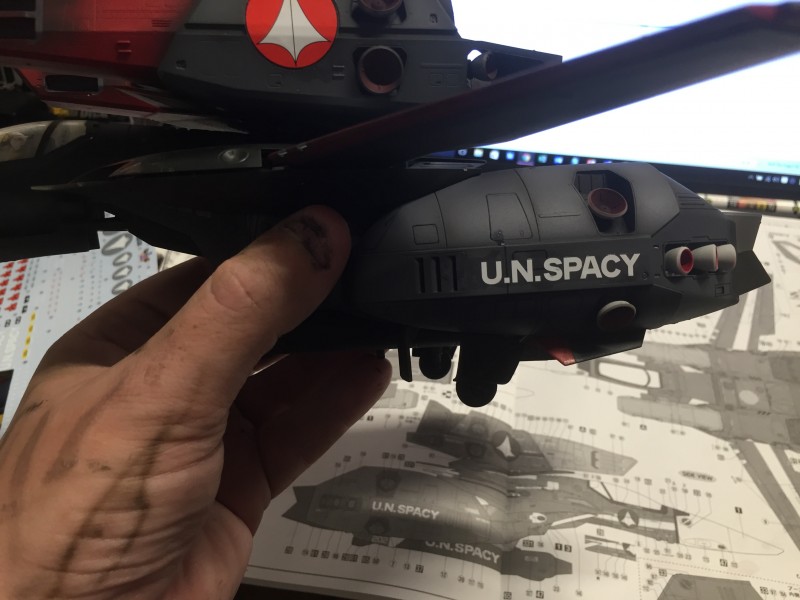
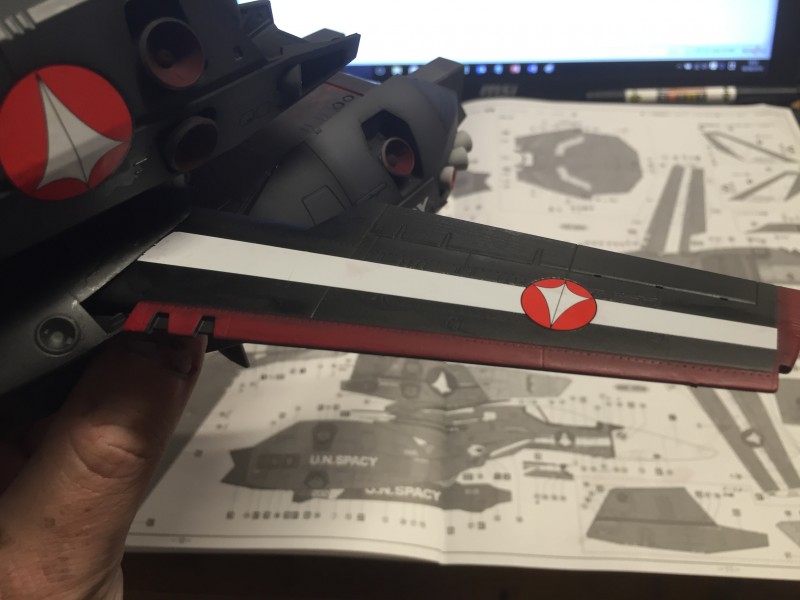
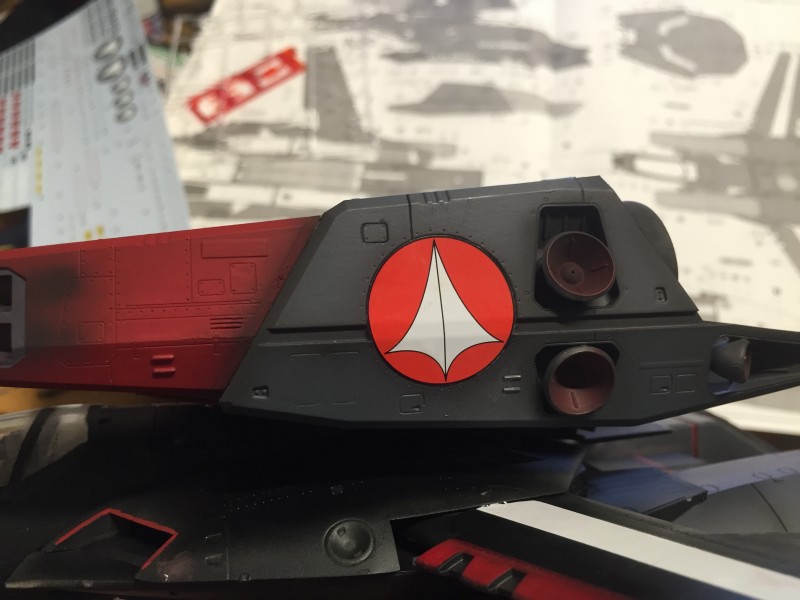
Excellent decals. Take a long while to soften properly, but remain workable for a similar time (though they become fragile if you use decal set or softener on them).
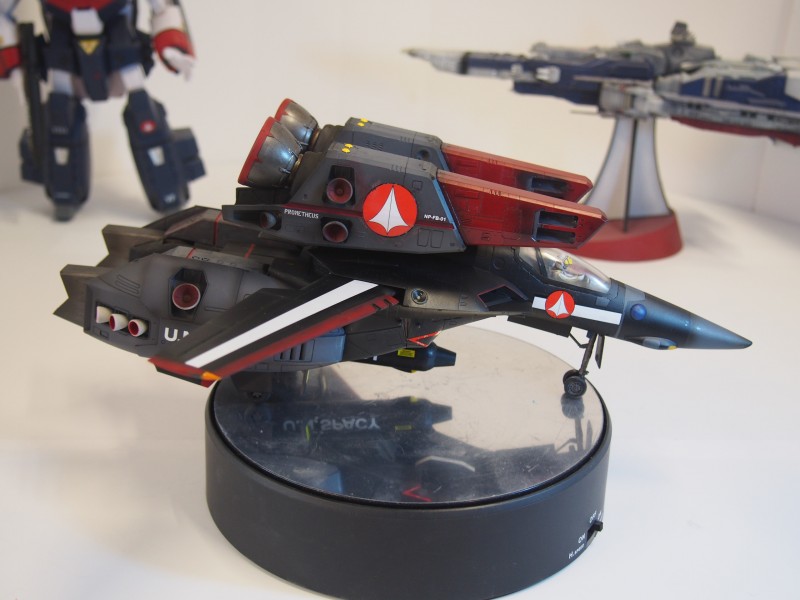
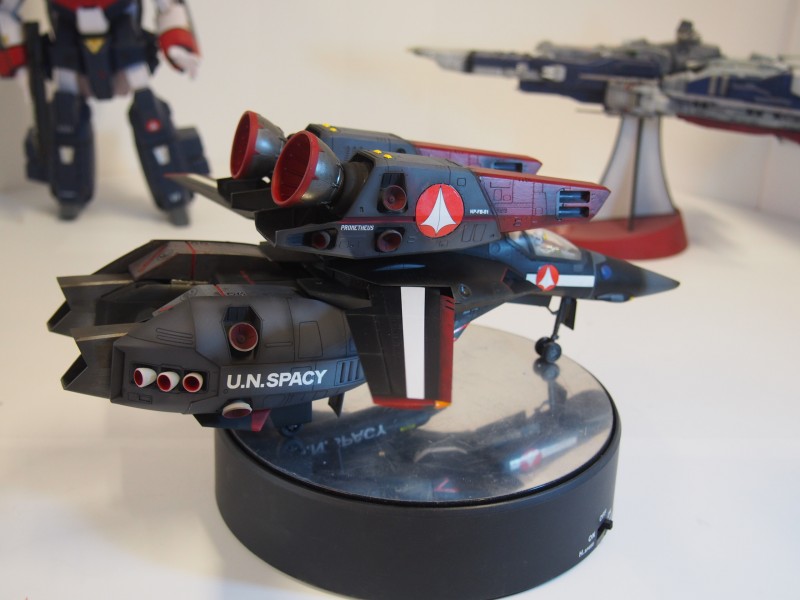
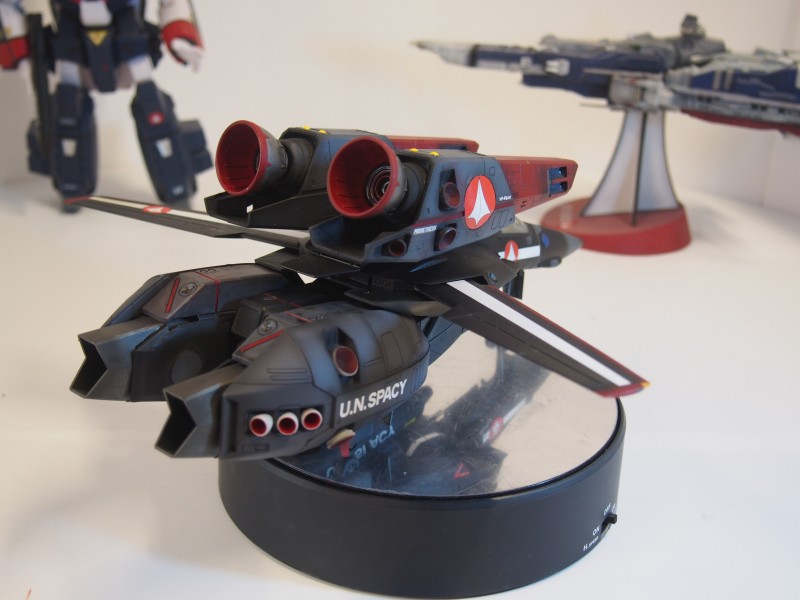
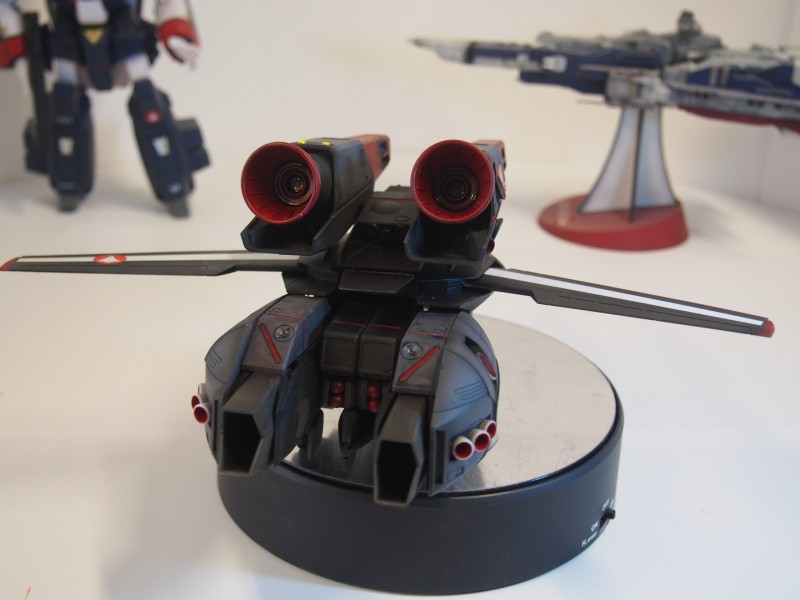
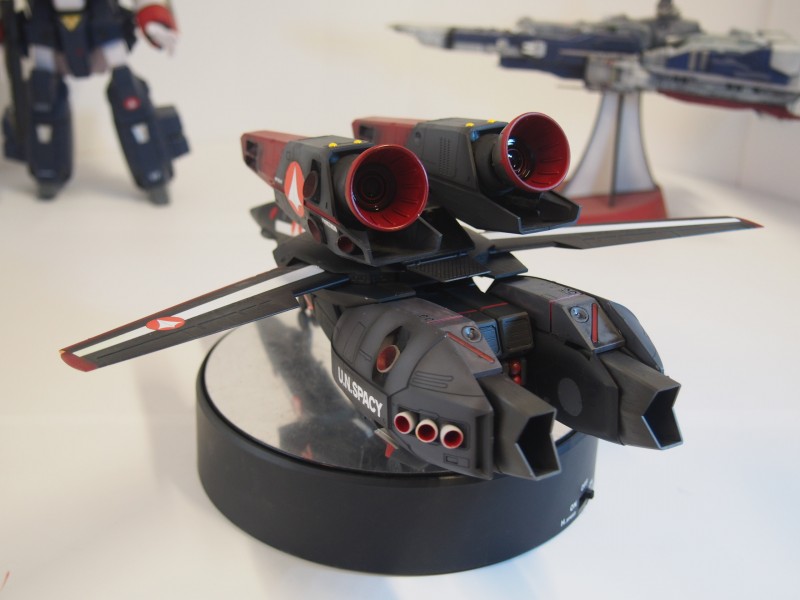
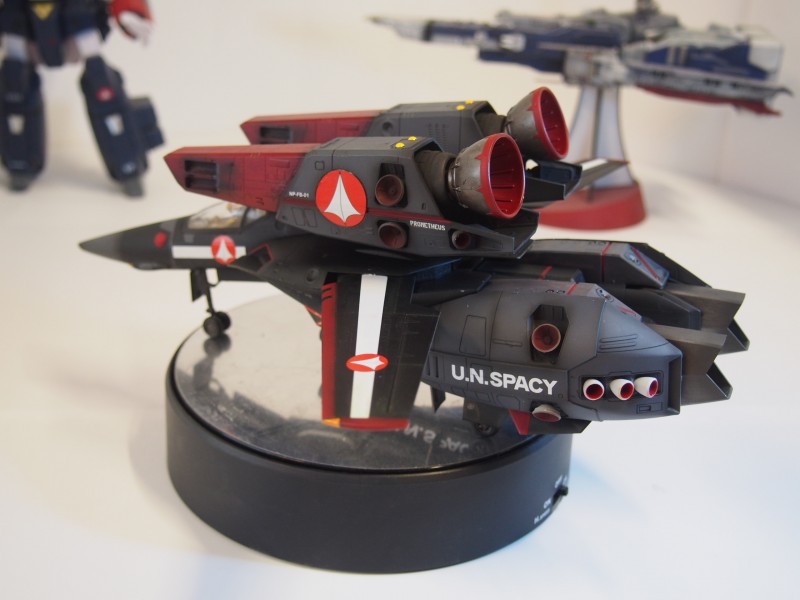
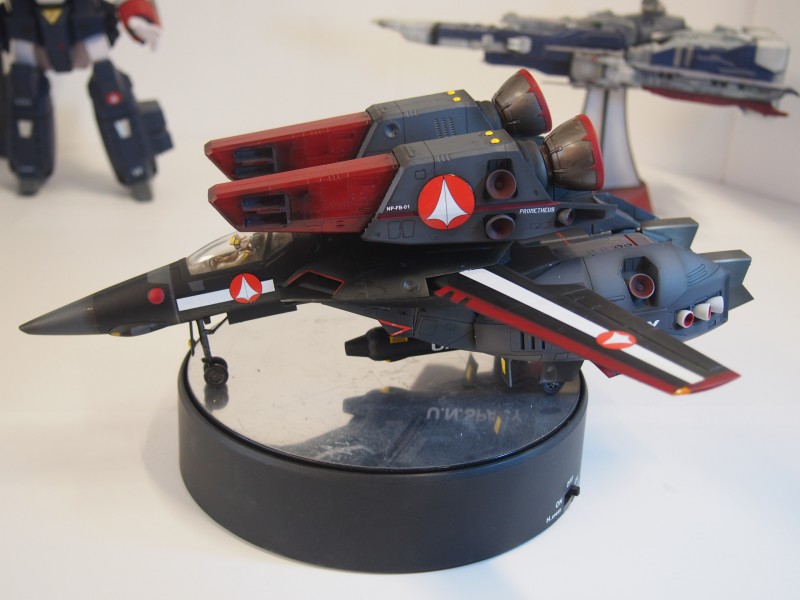
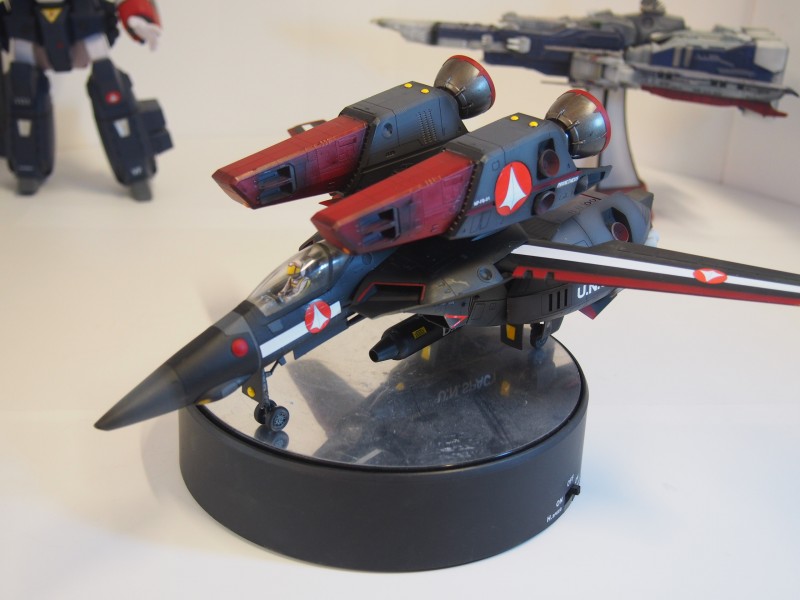
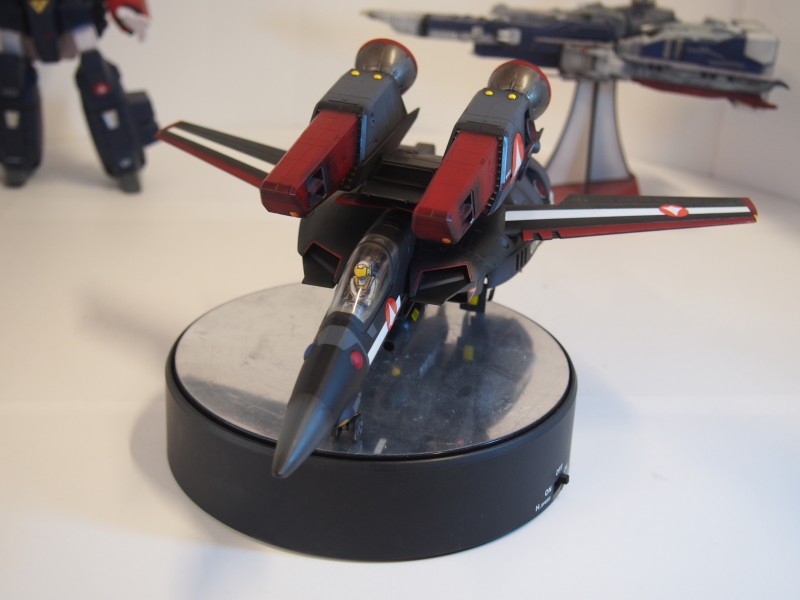
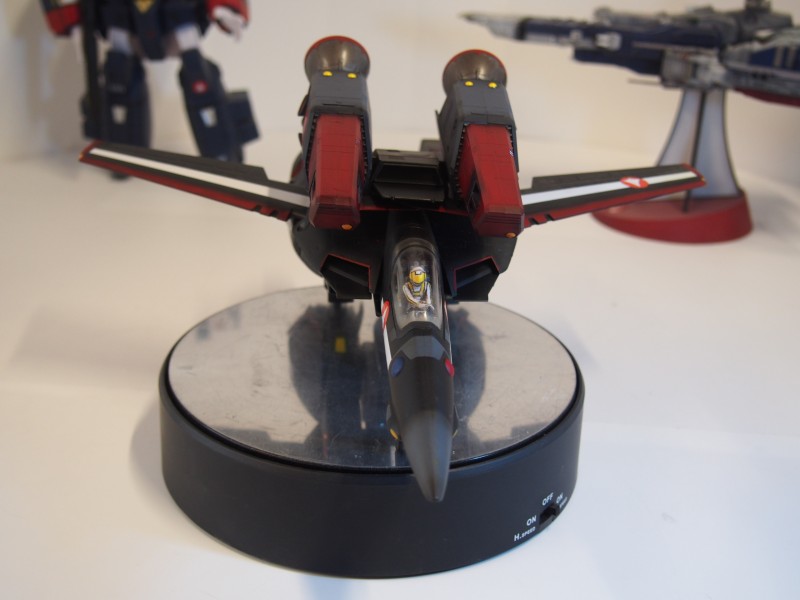
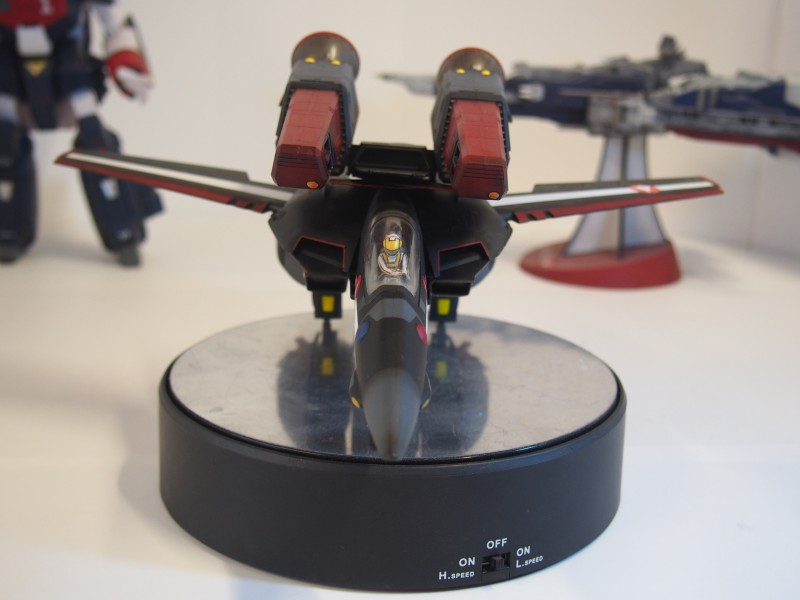
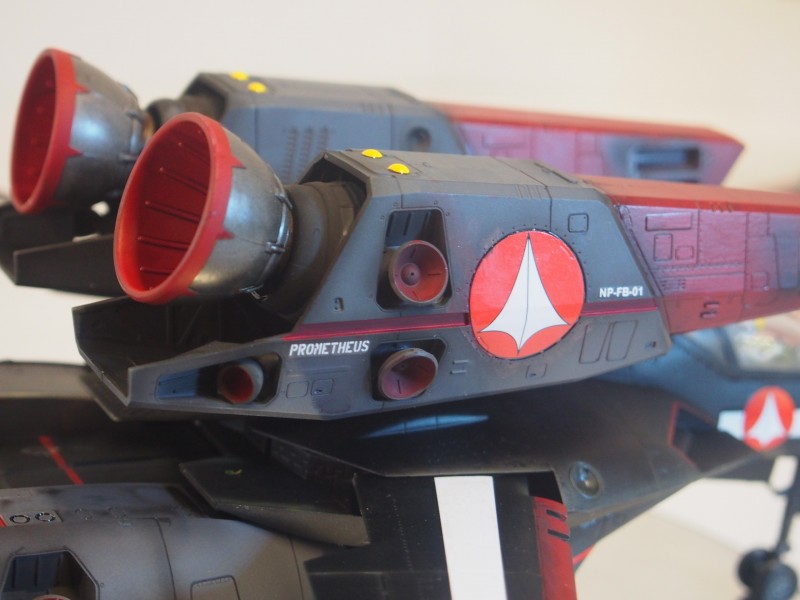
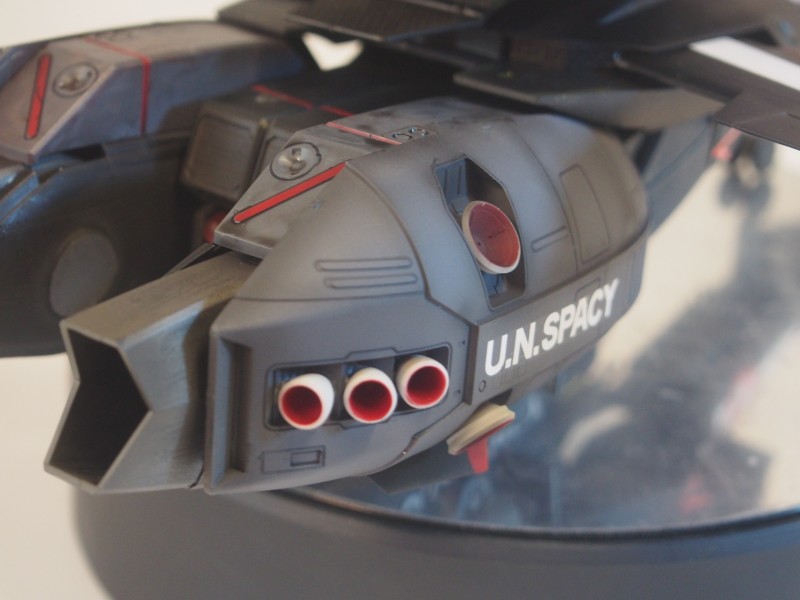
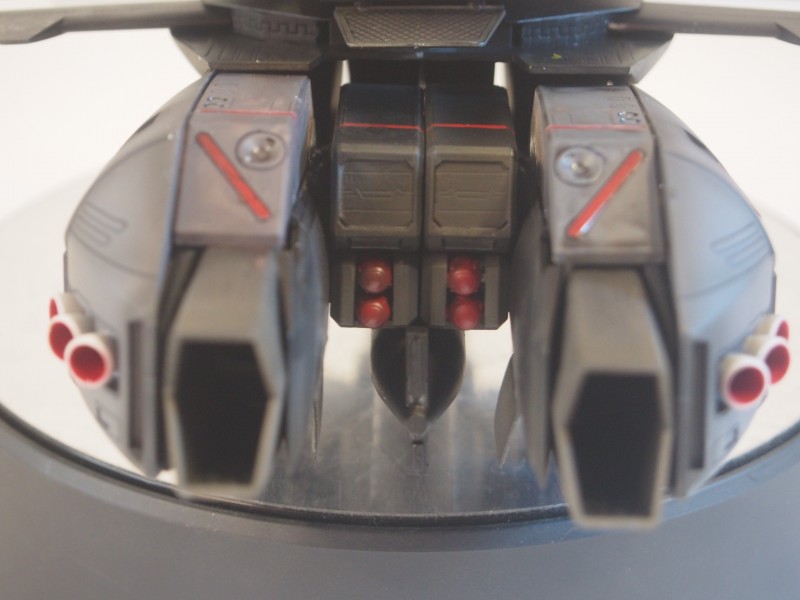
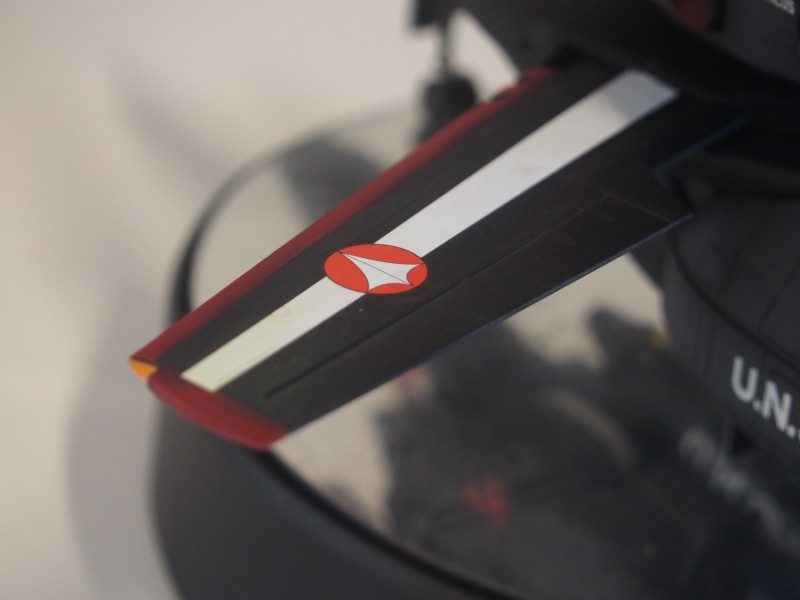
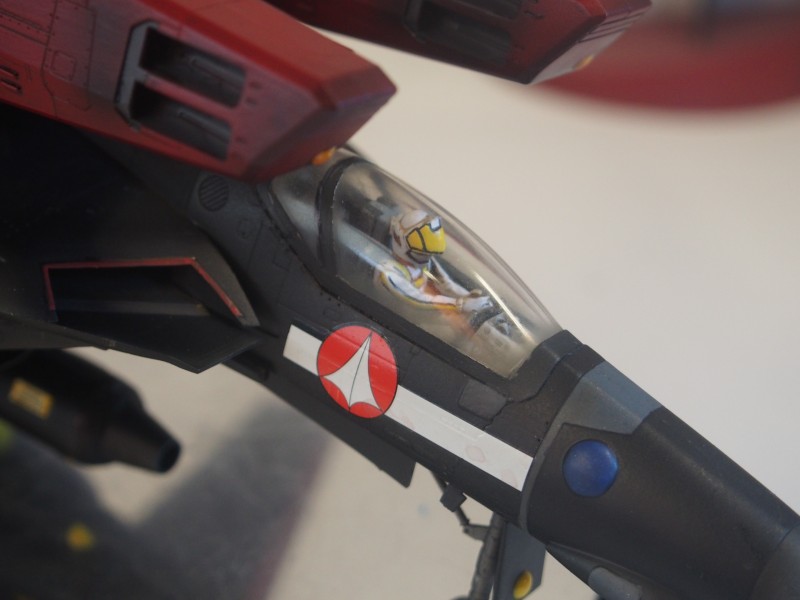
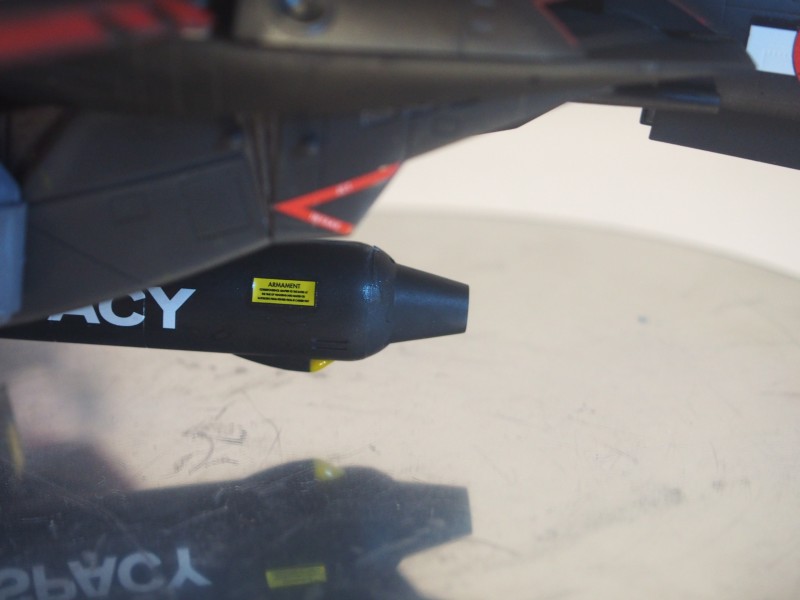
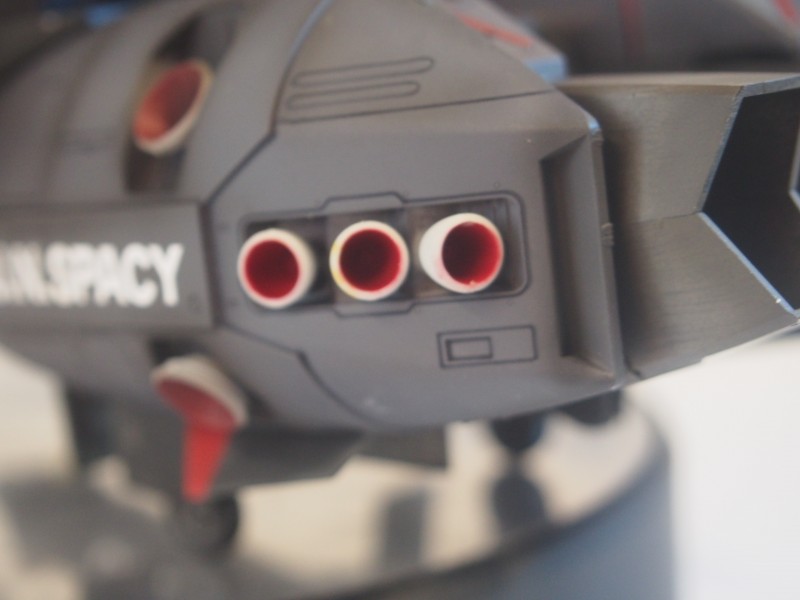
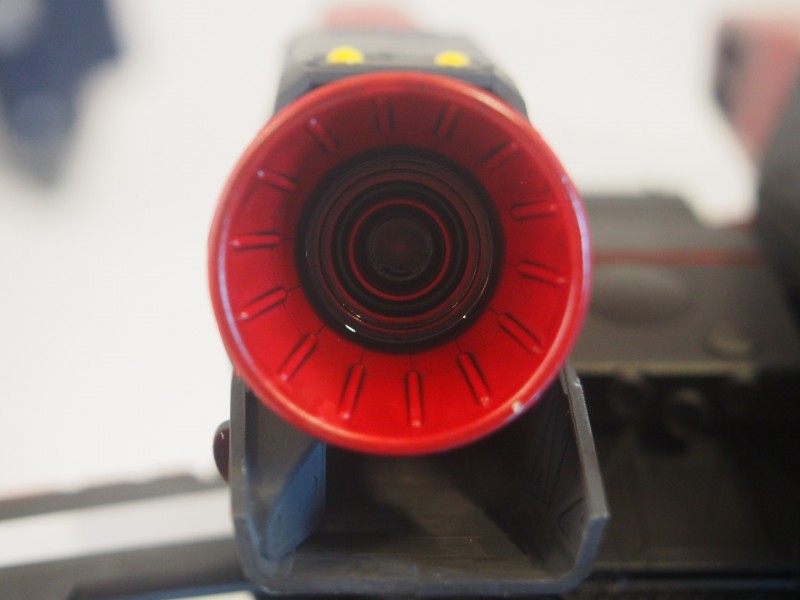
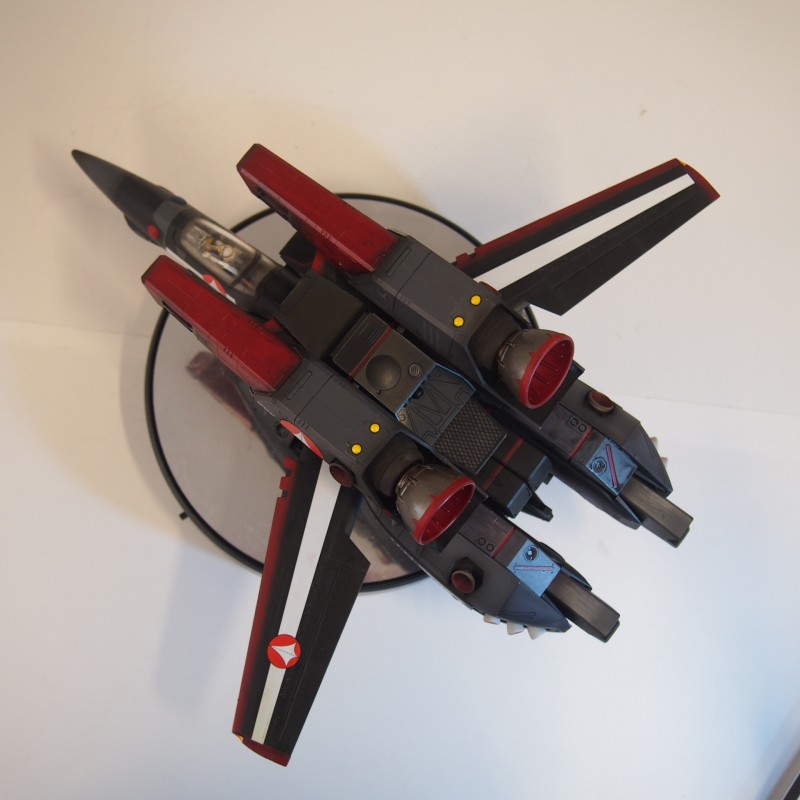
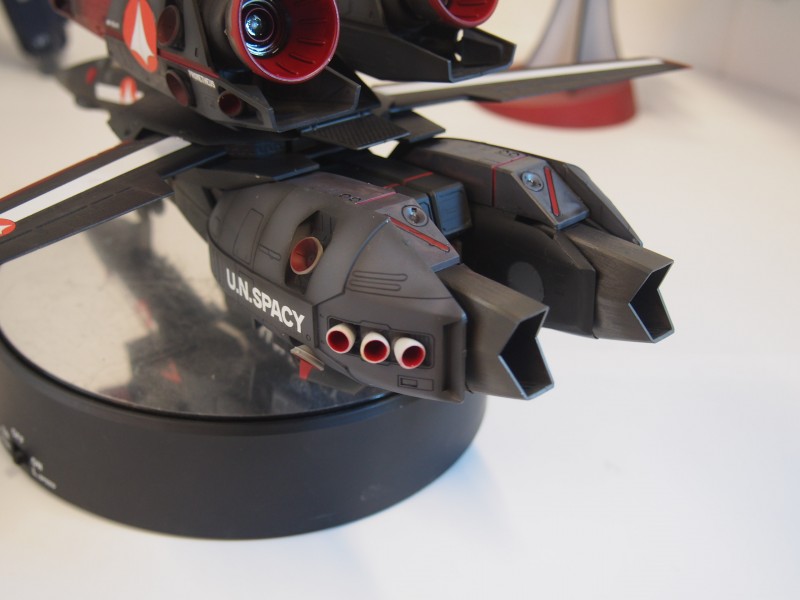
In Conclusion
I’ve not finished the decaling, as I want to wait till I have the correct unit decal printed (to replicate my old ‘Night Witches’ unit from the RPG games we did).
I’ve also left off the hard points, as the jet will be carrying a pair of more traditional Matra style pods, when I can track them down – again to keep in the theme of recreating my childhood.
Long story short, these kits (both the Max/Myria TV Super or the Roy Fokker Movie Strike/Super) are well worth the money.
Dr. Robodaz.
